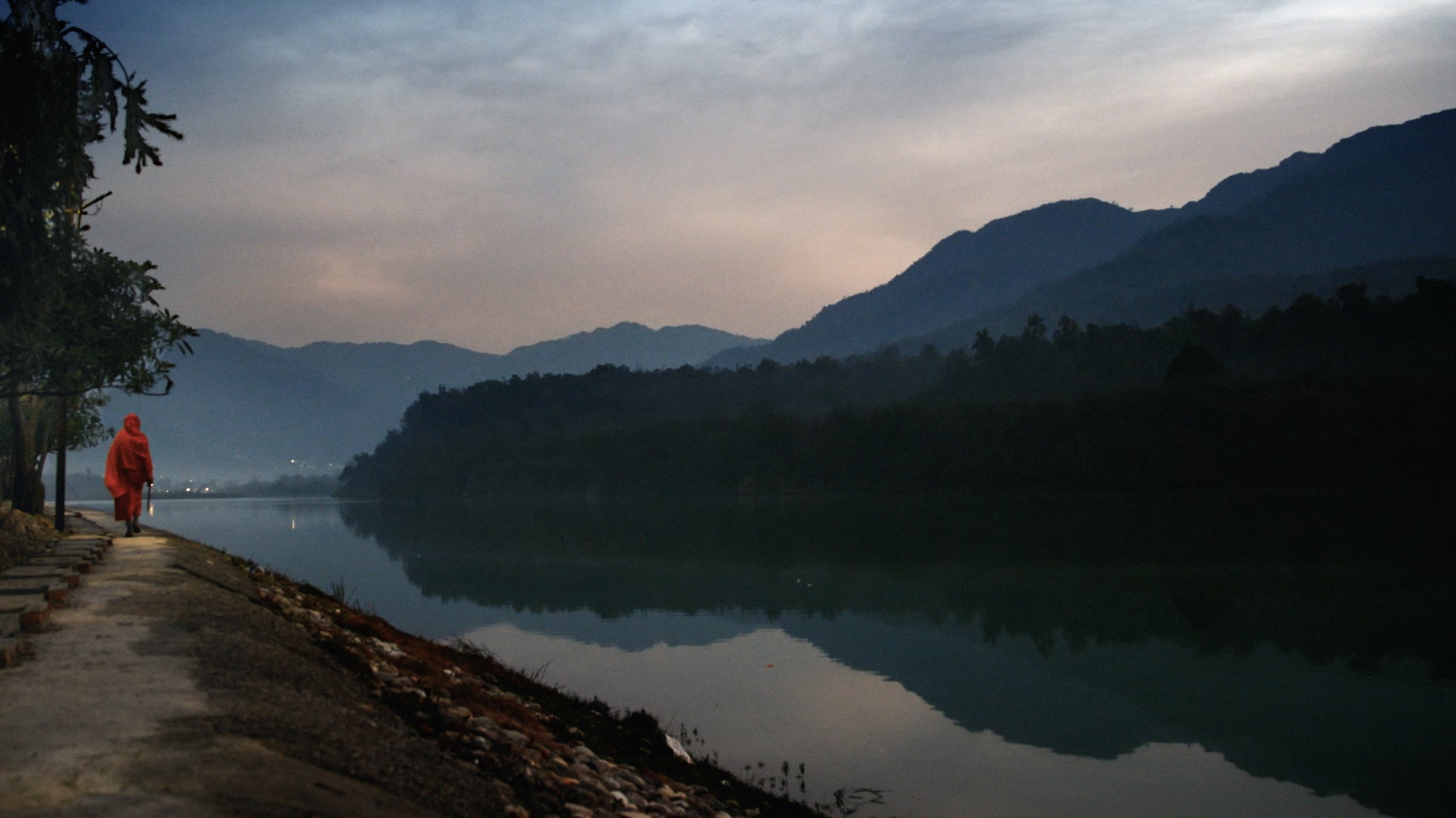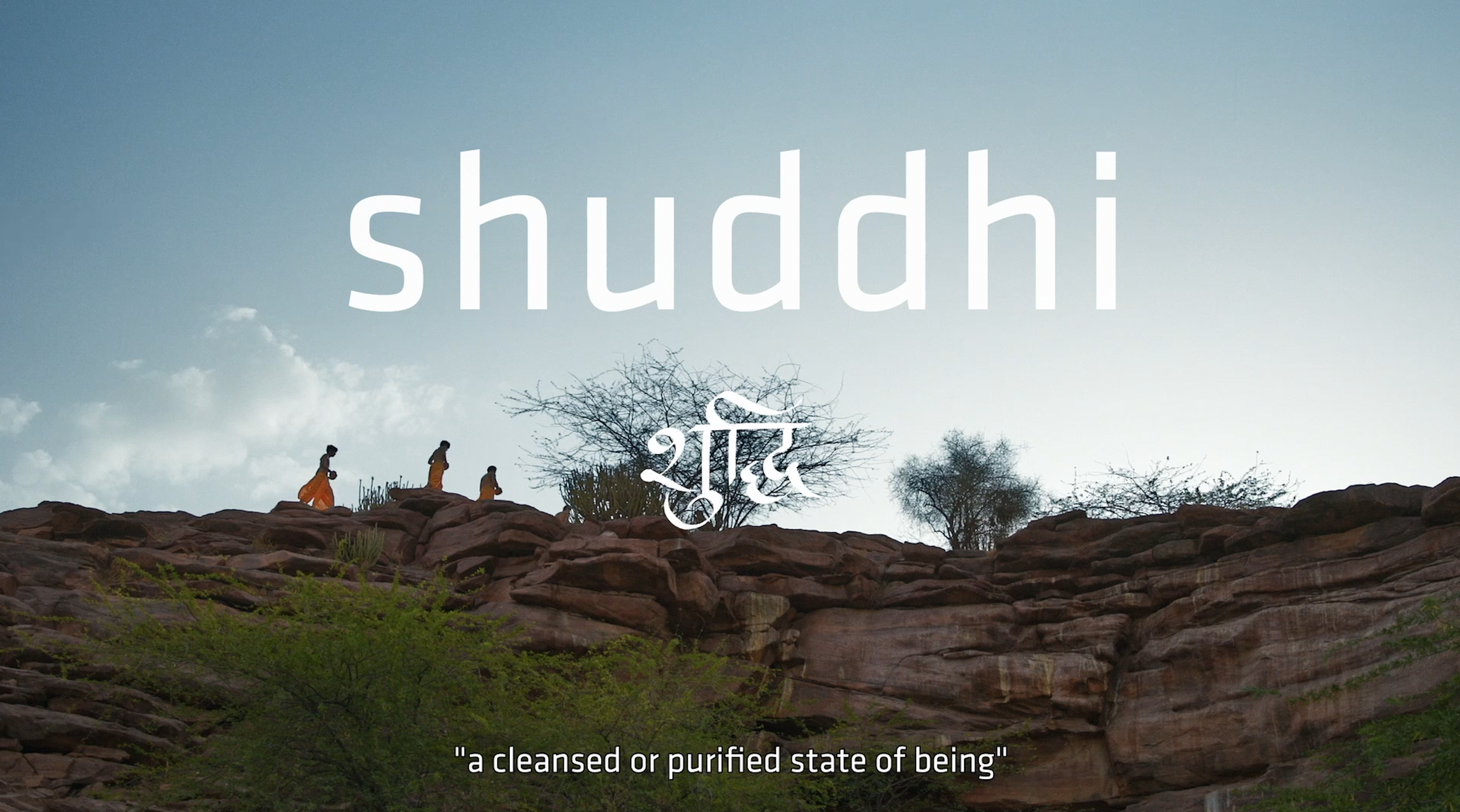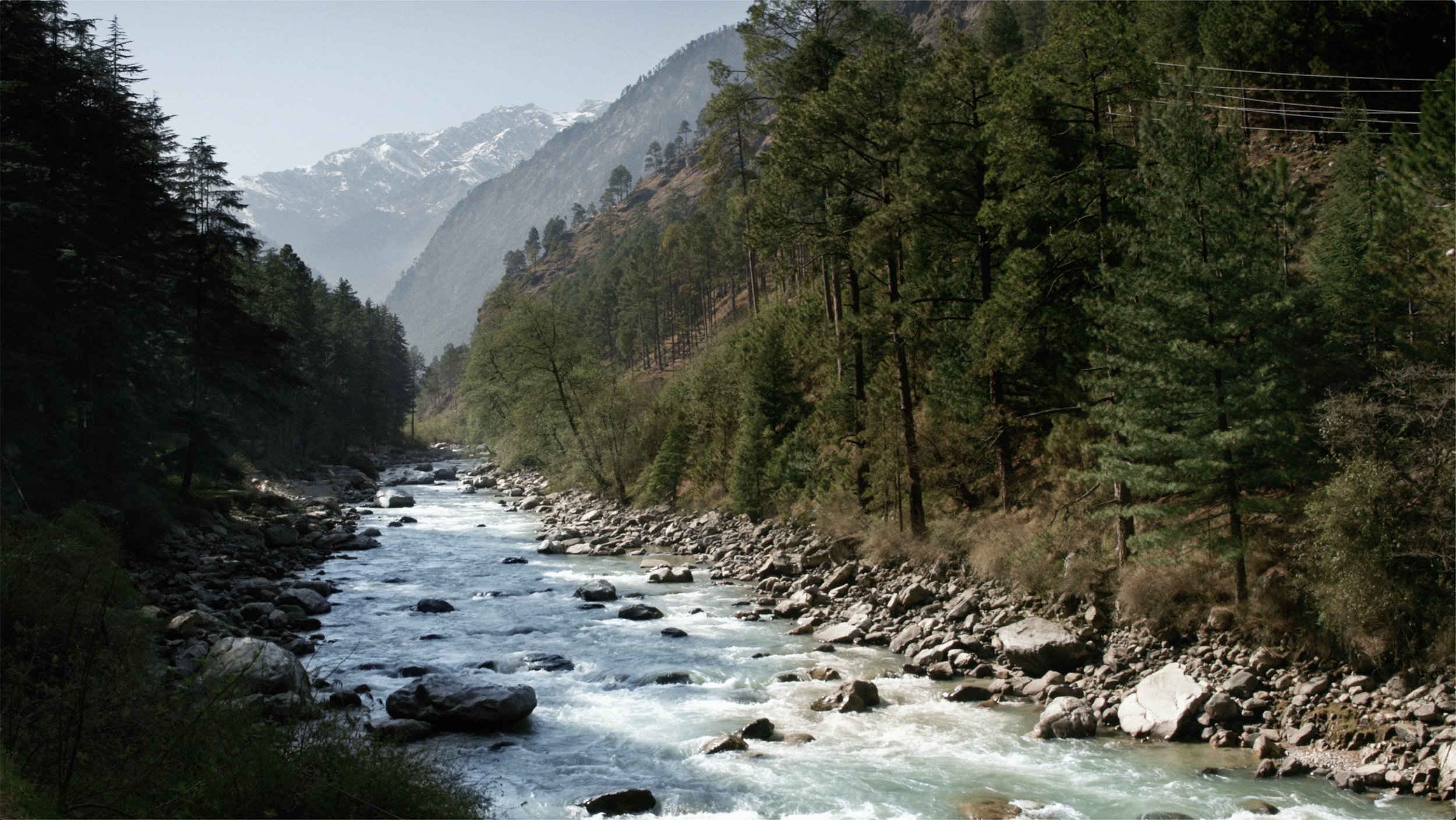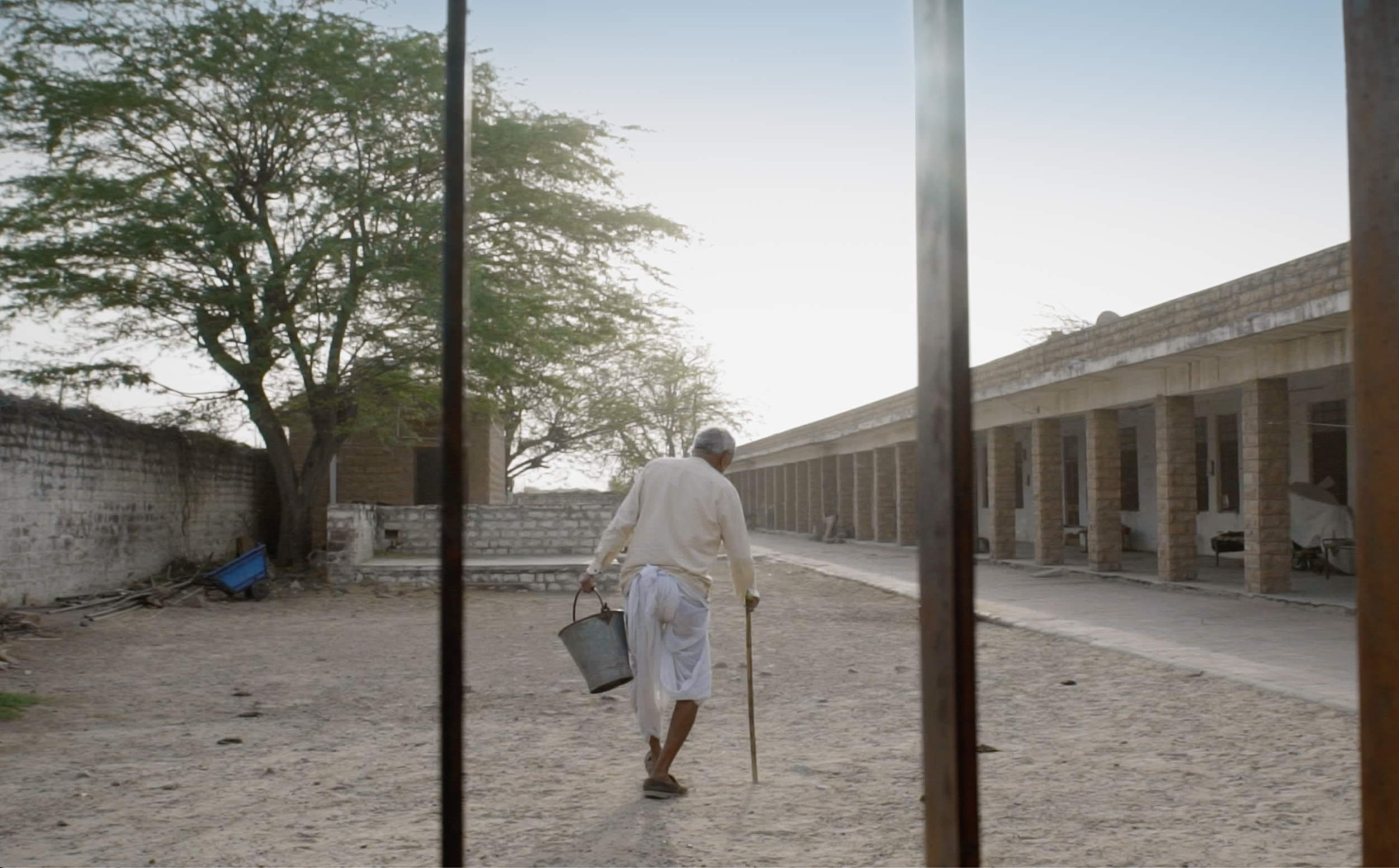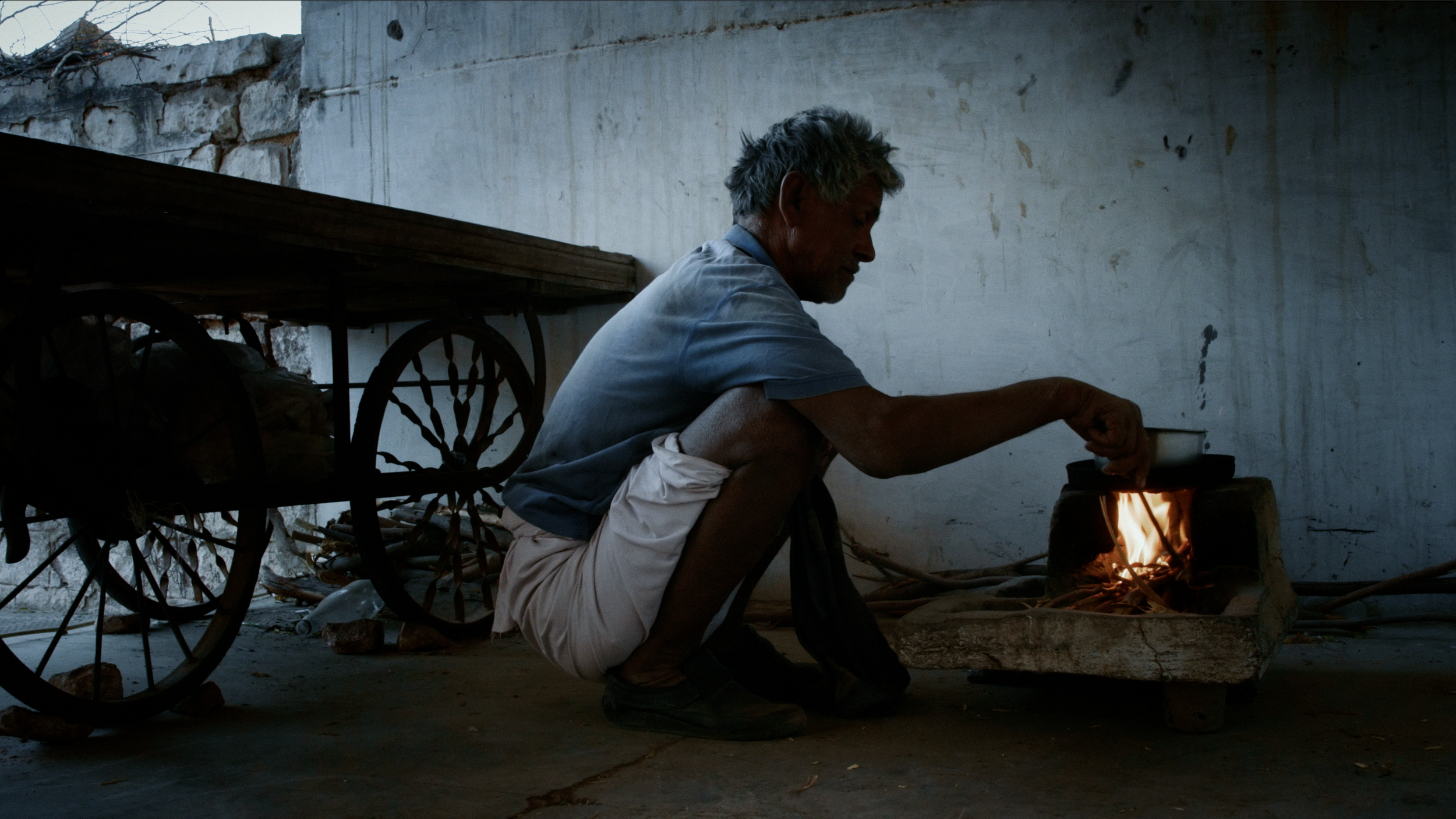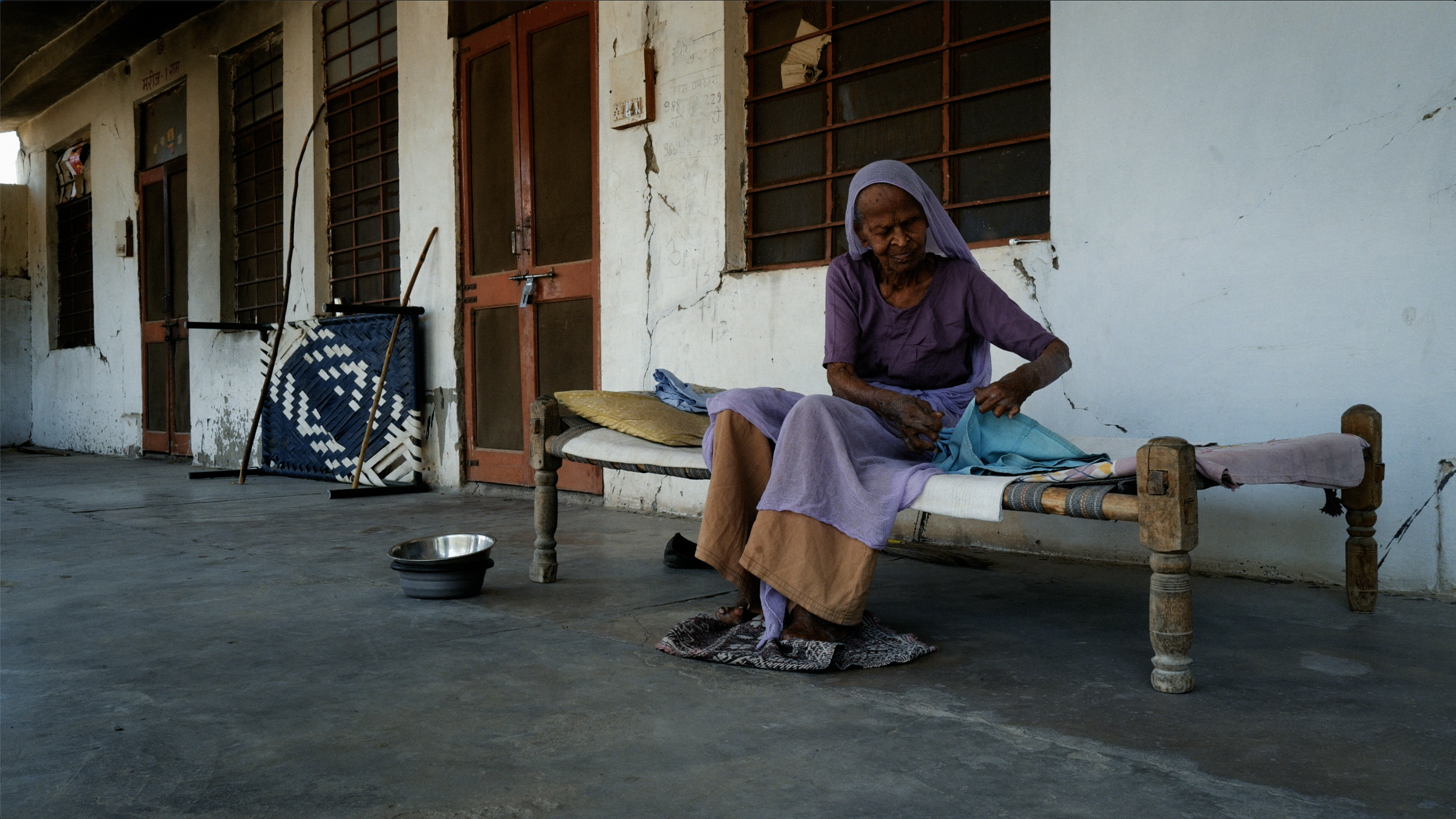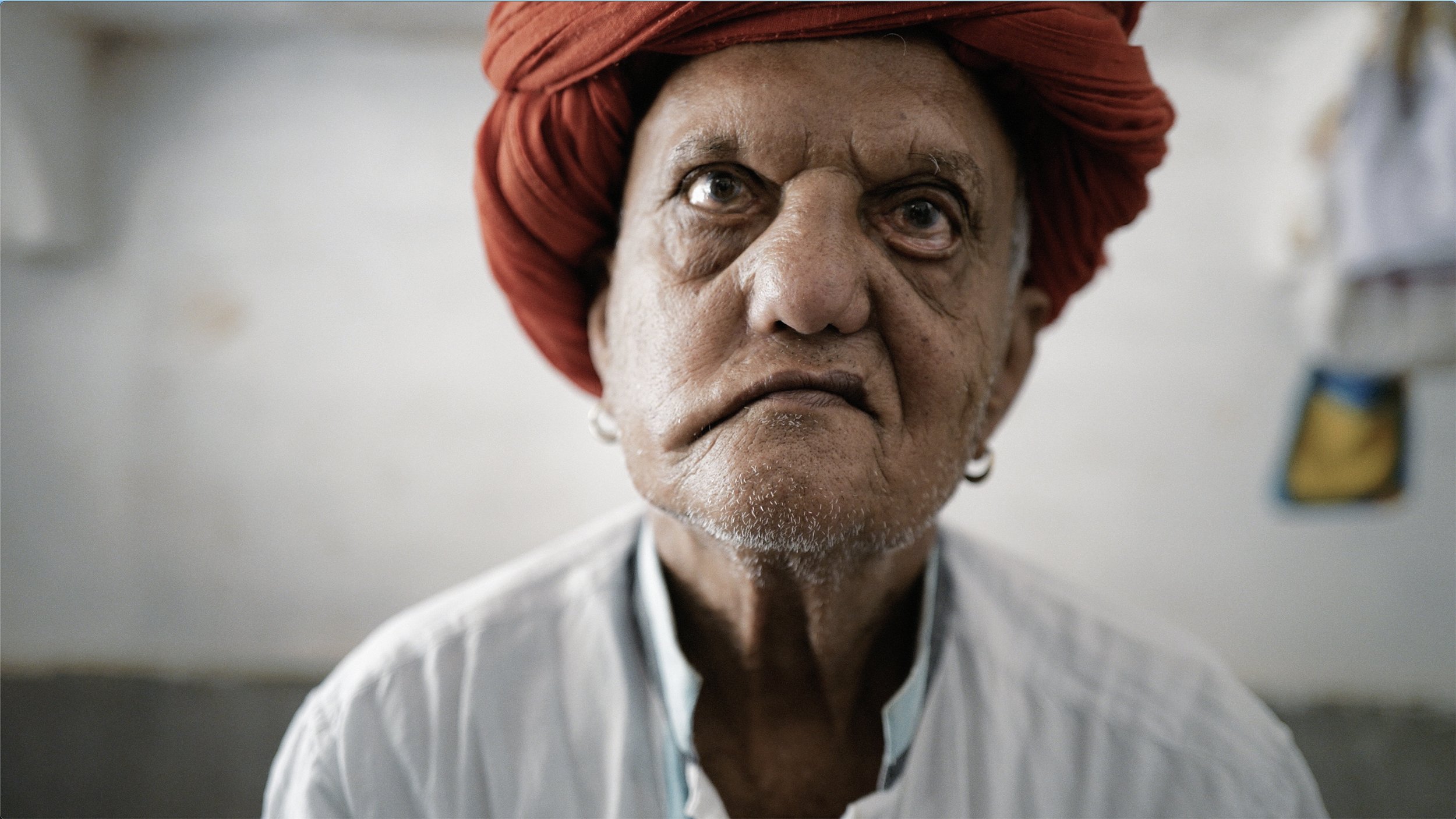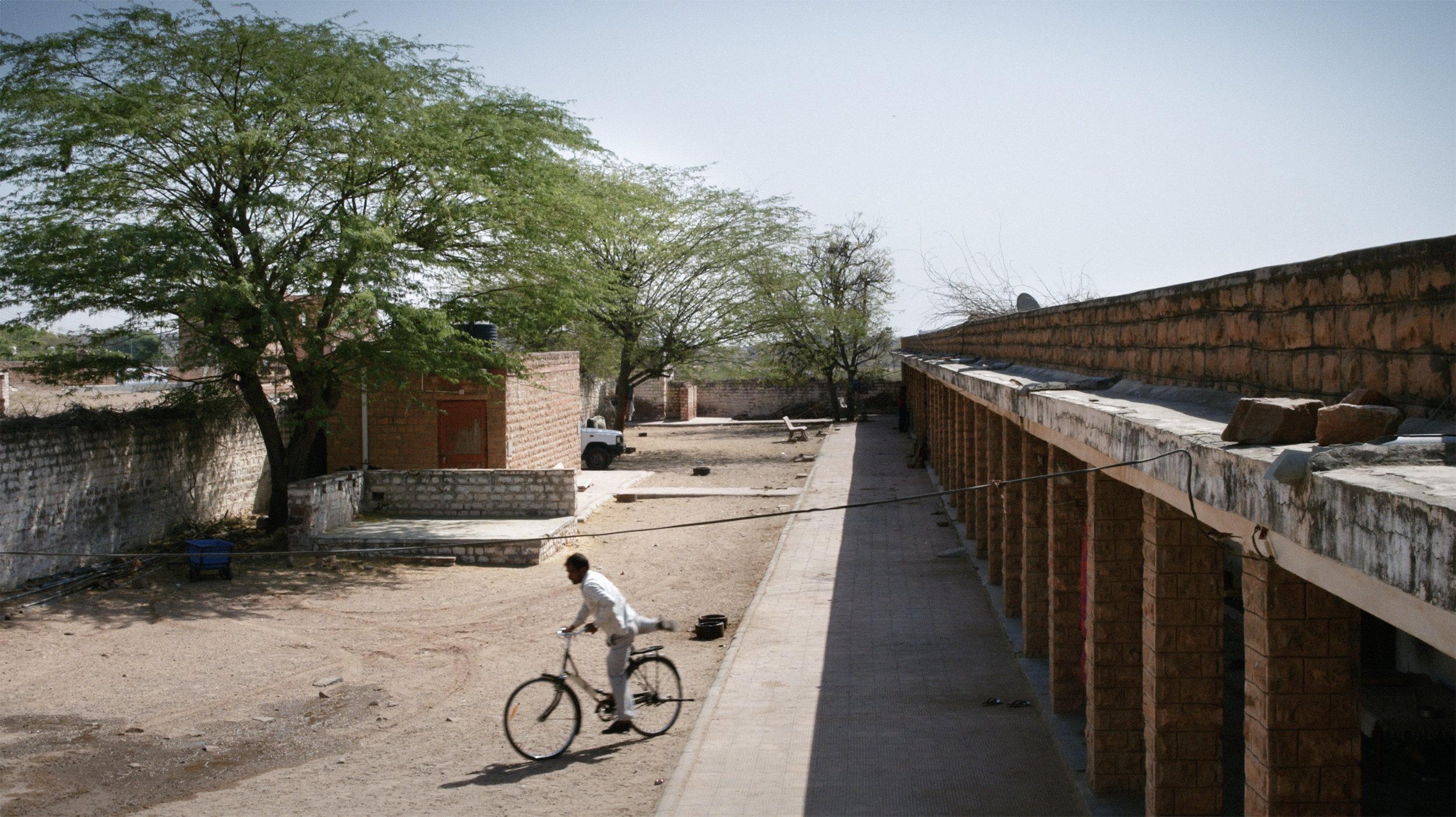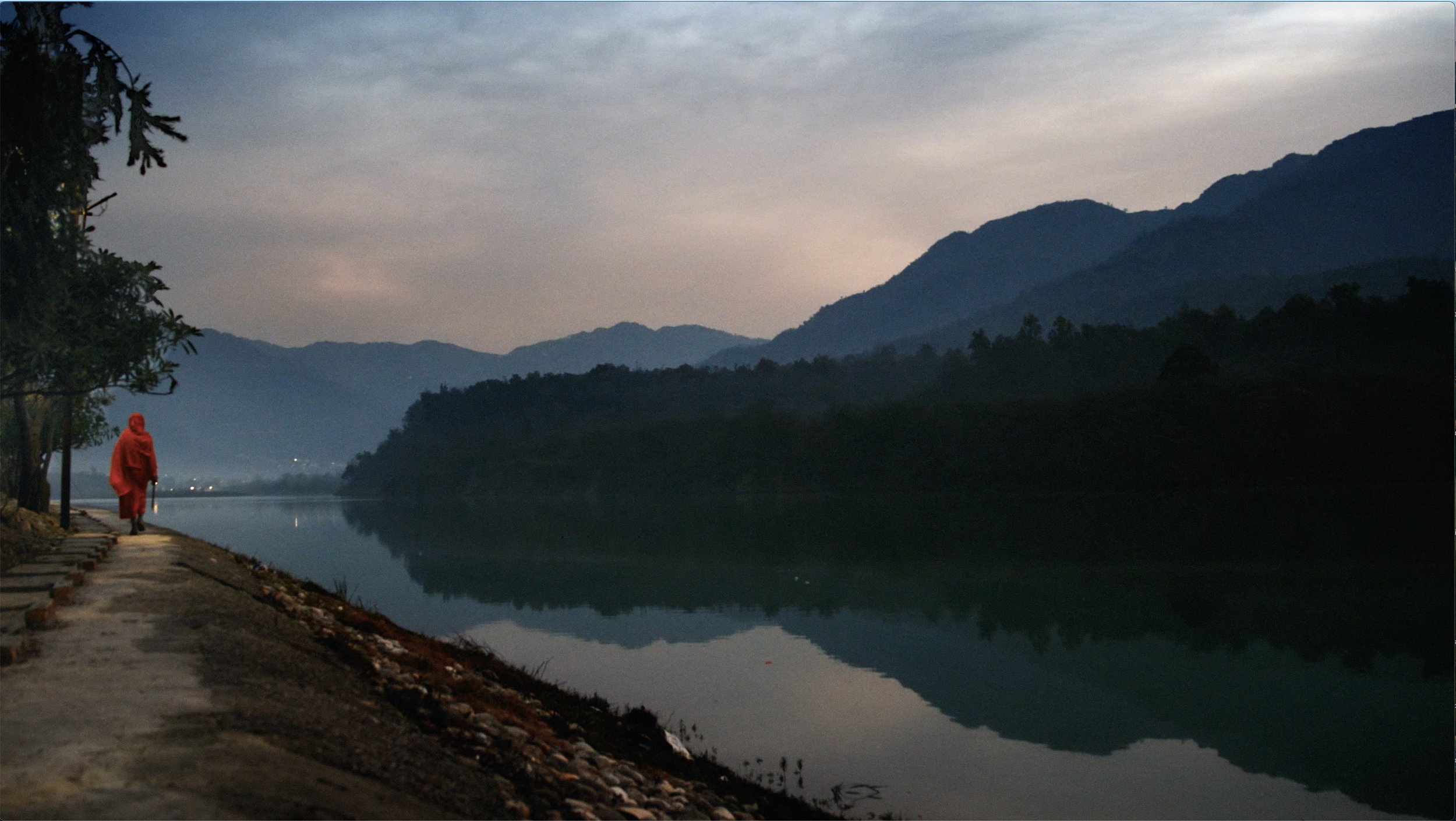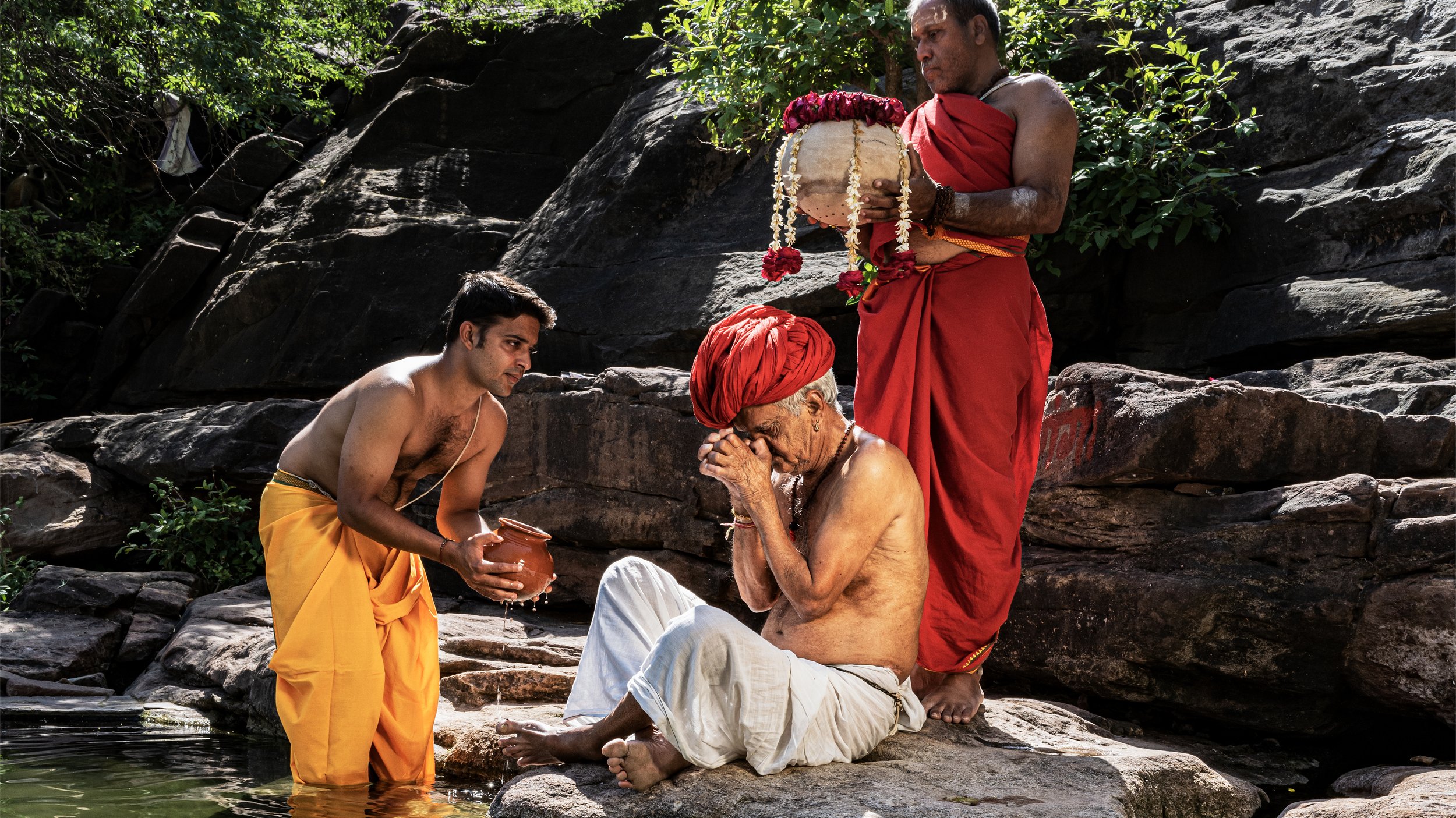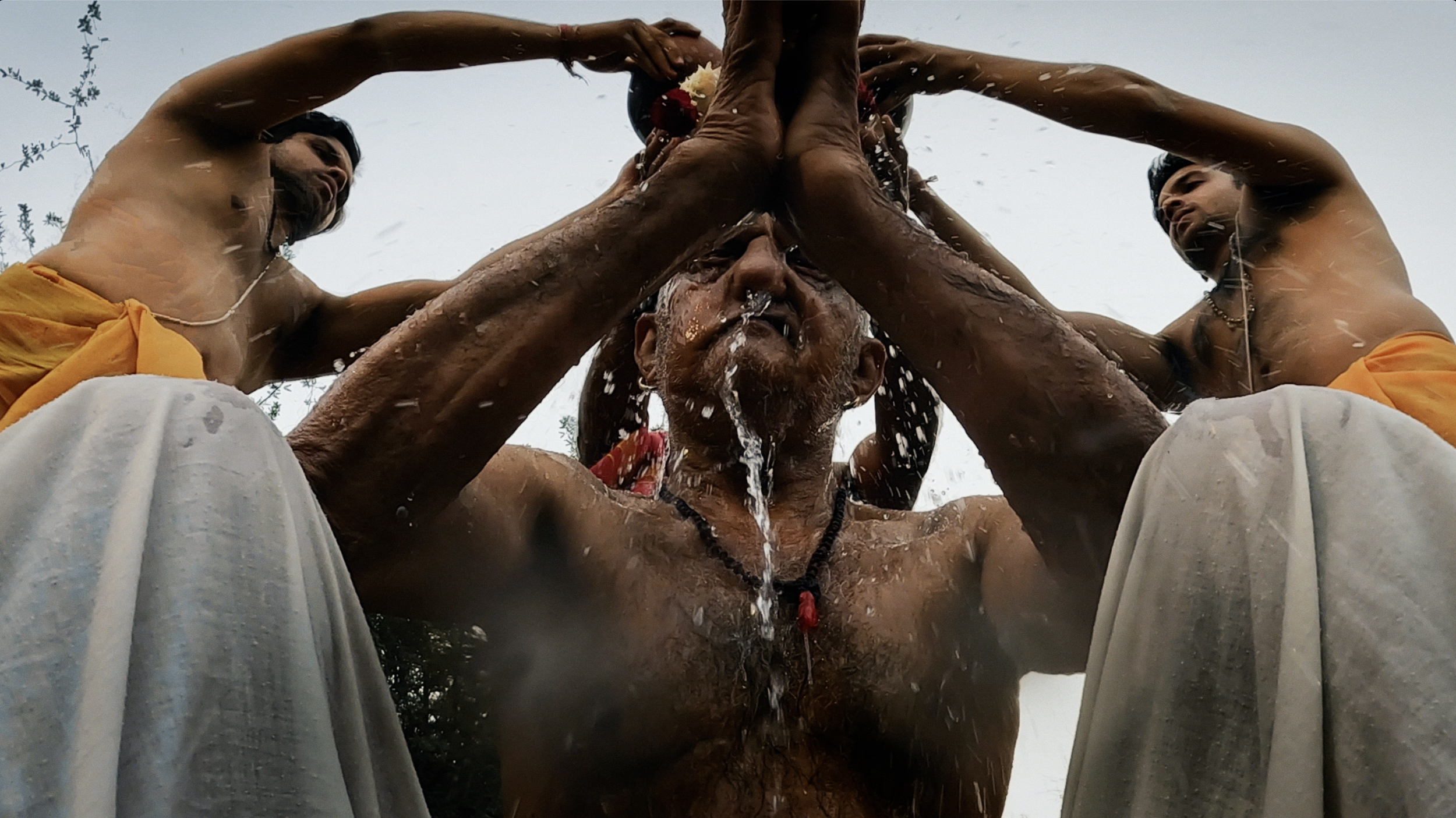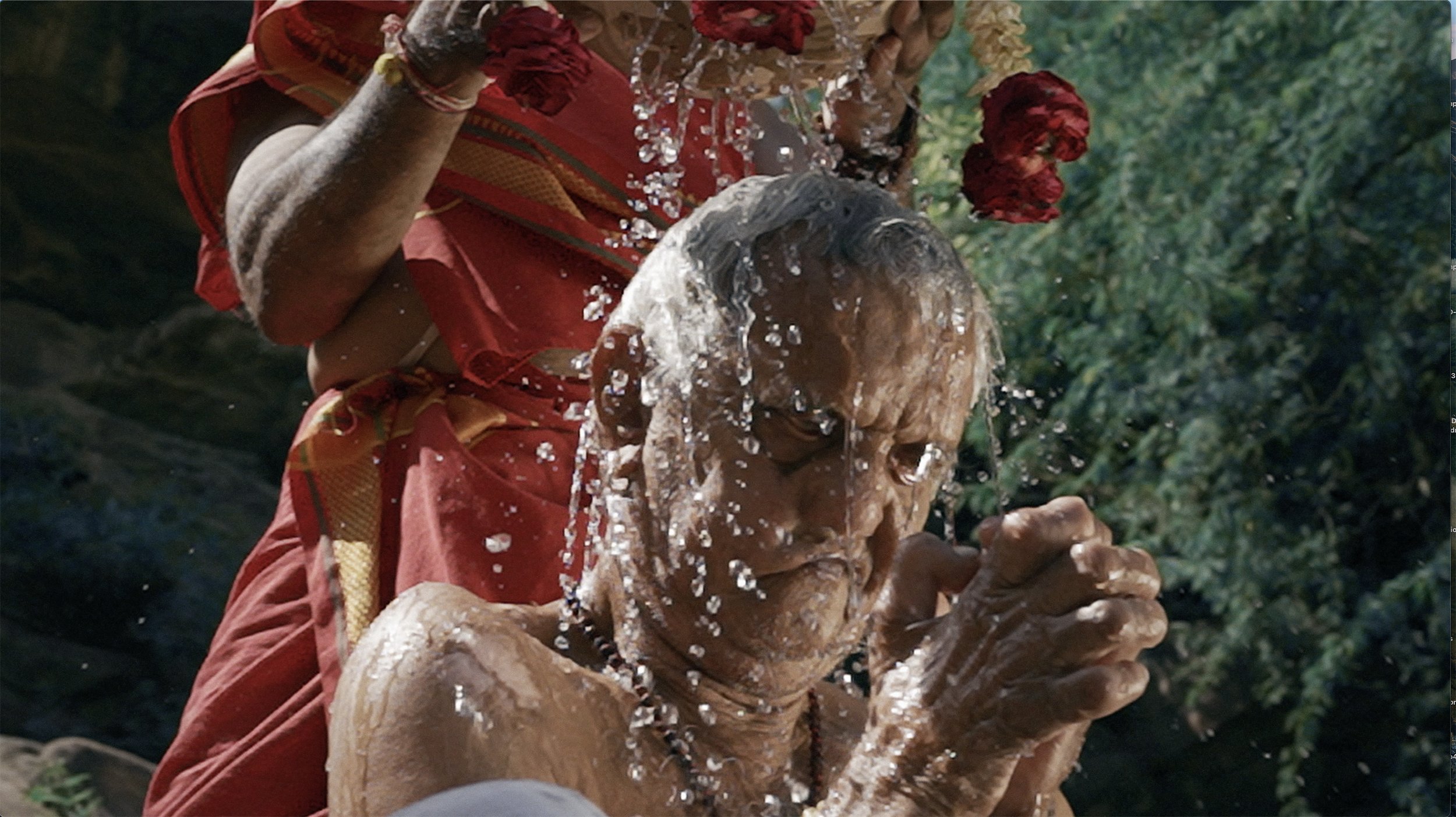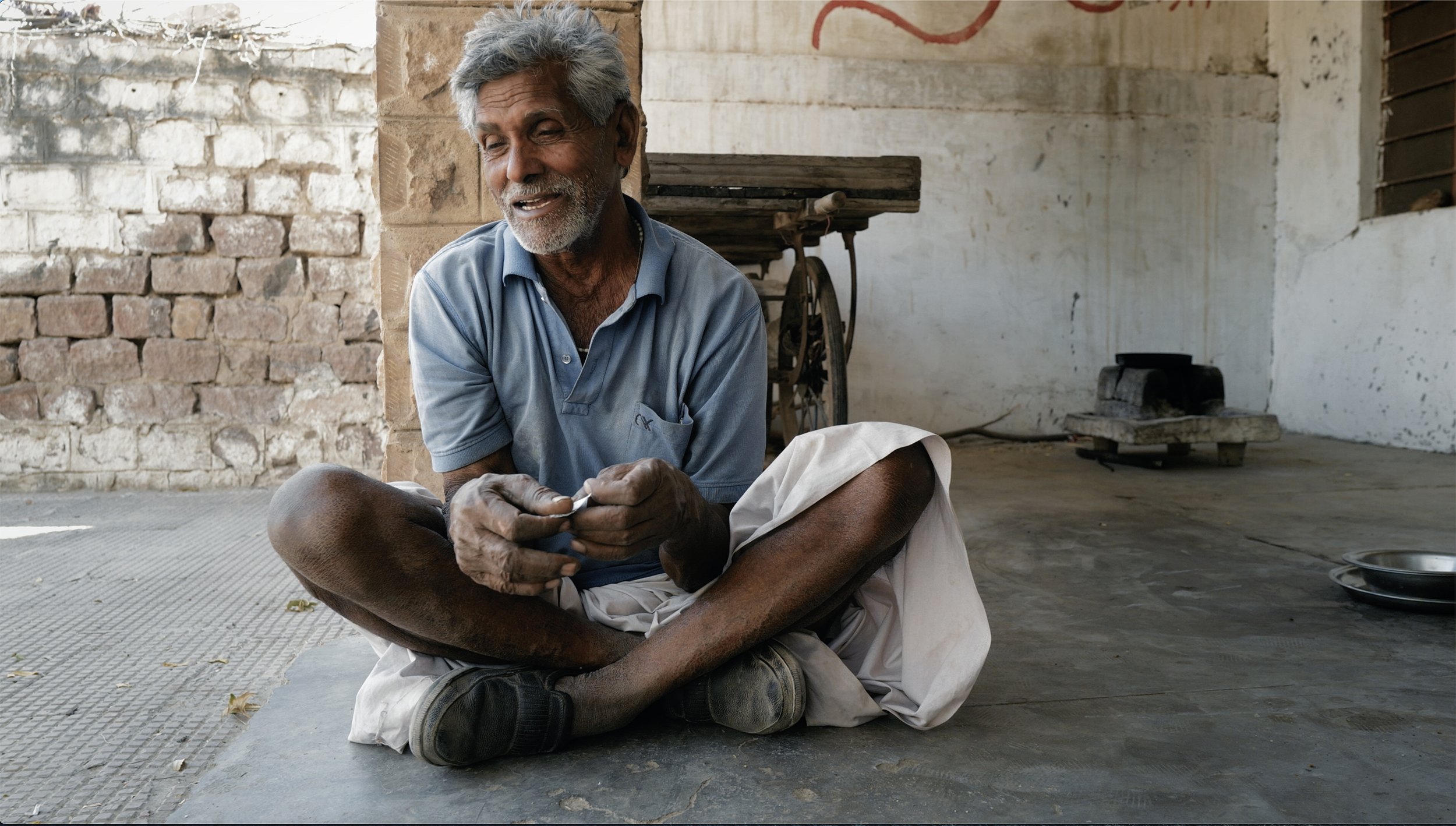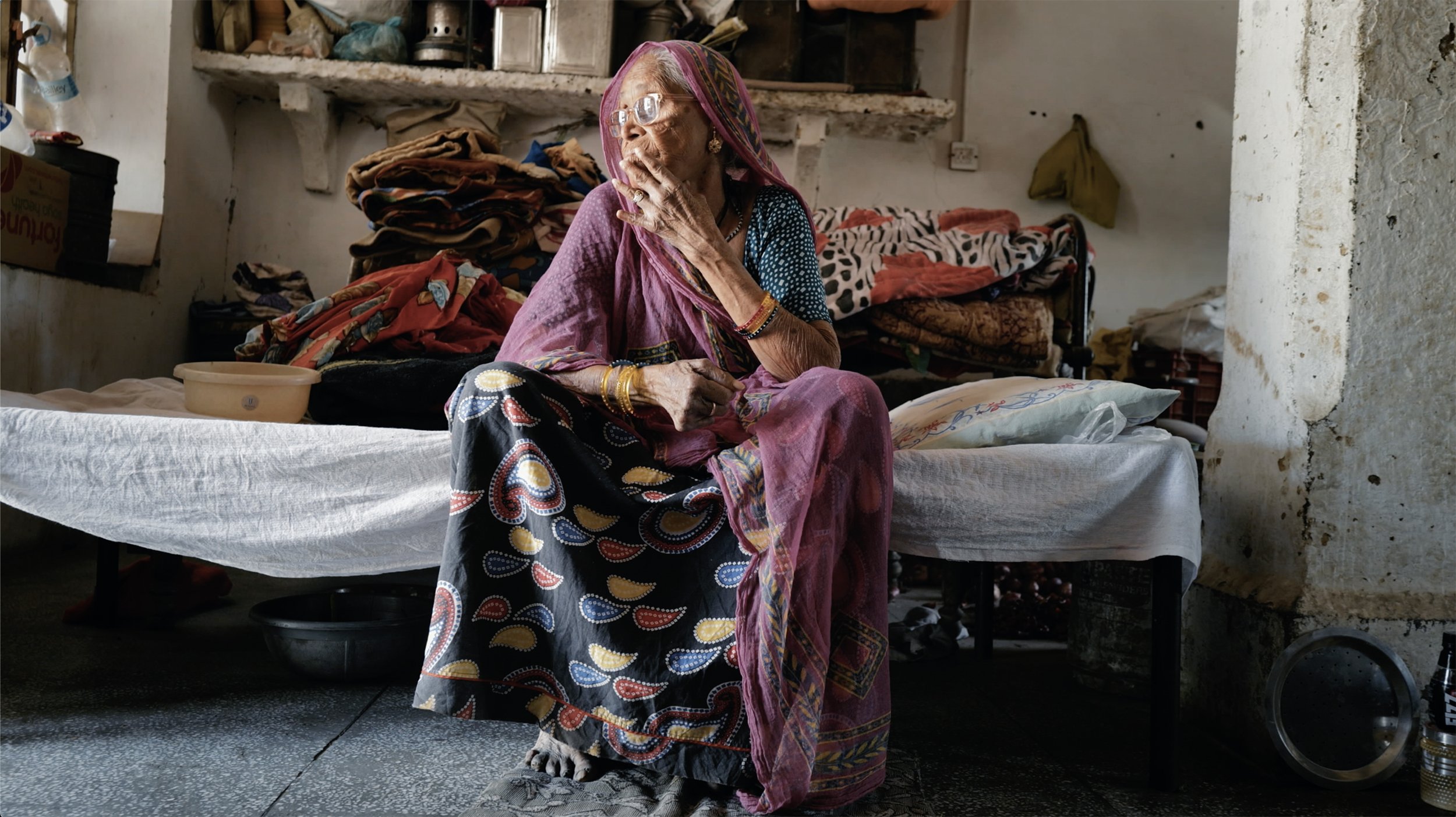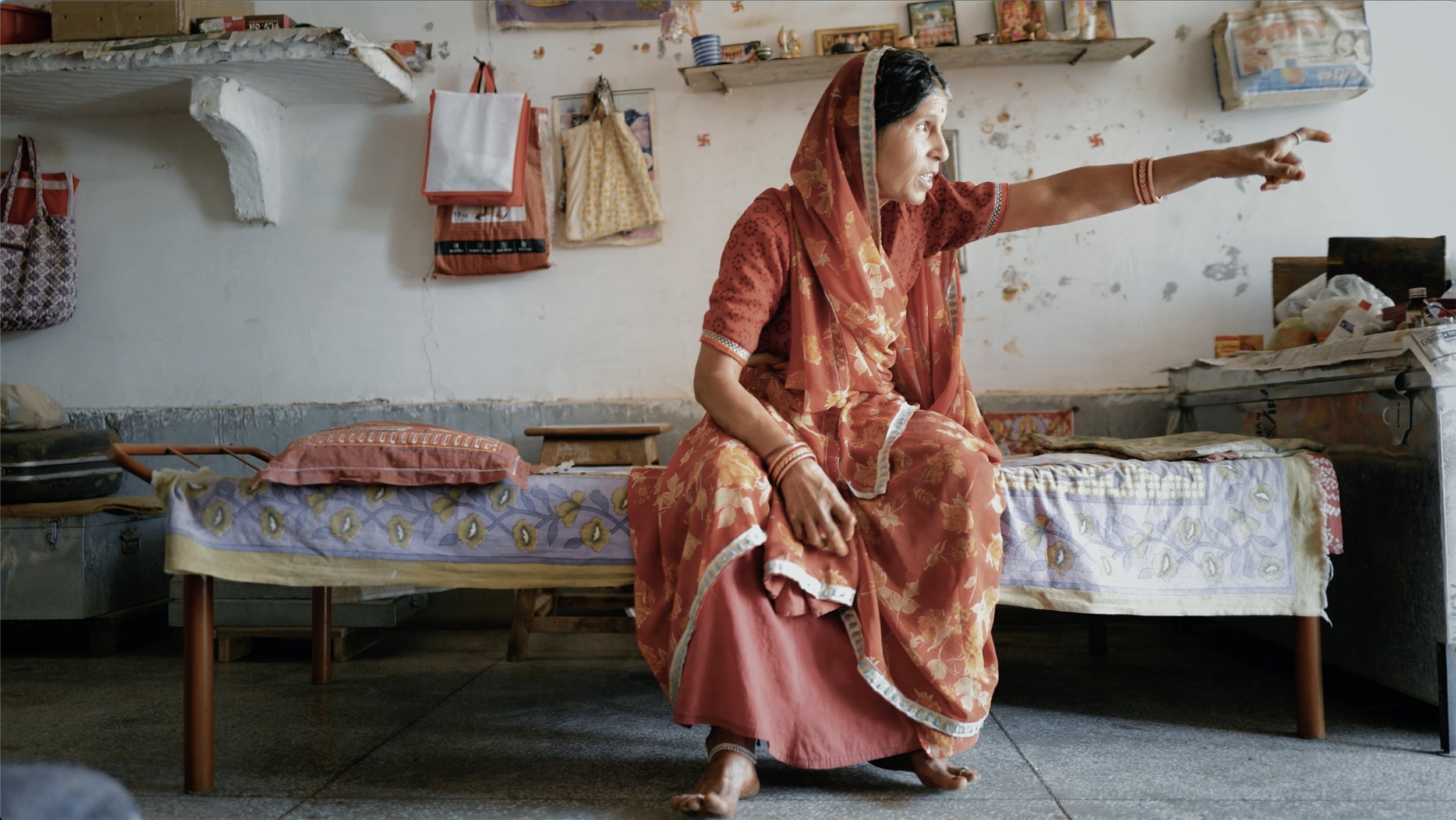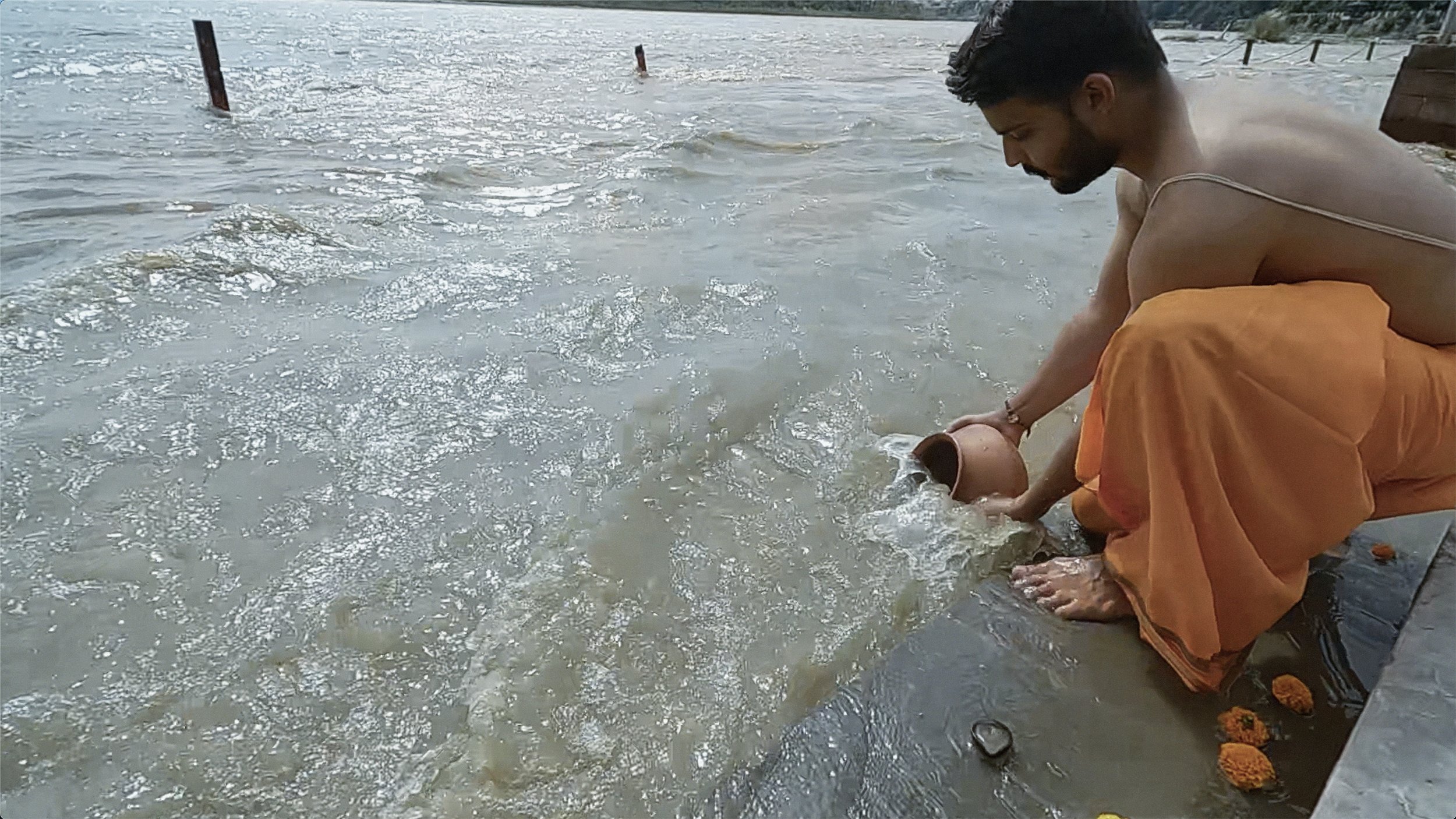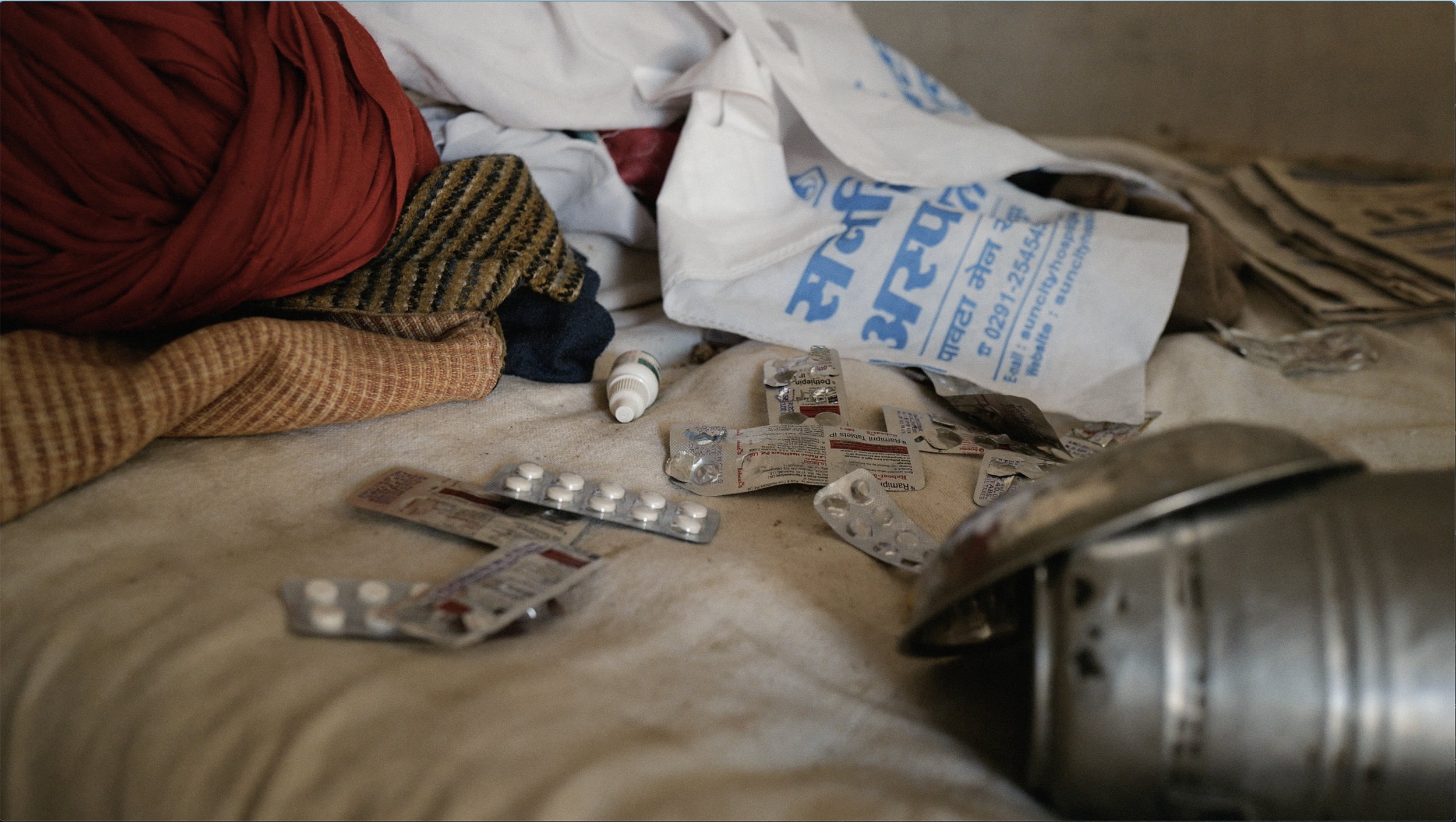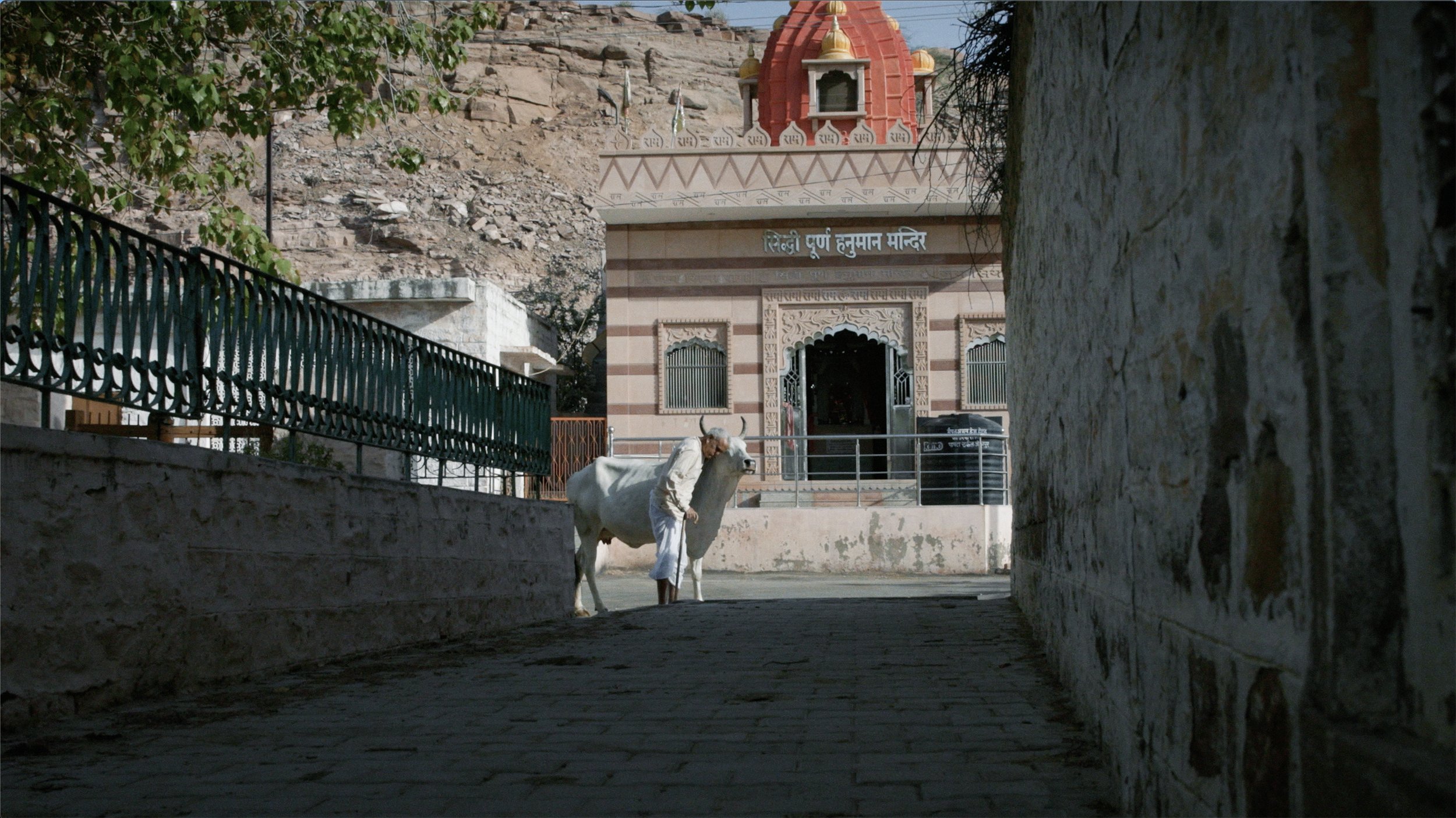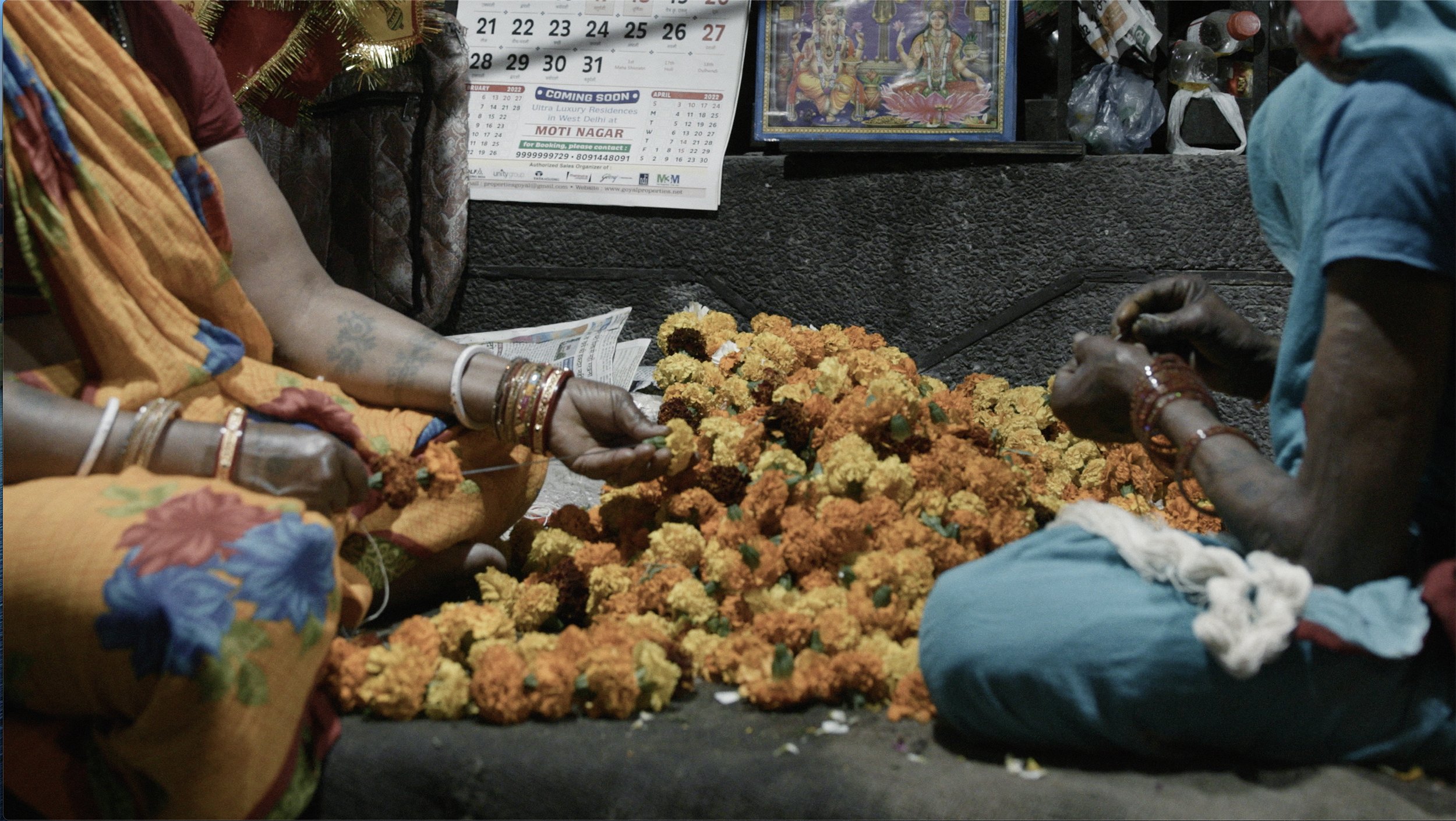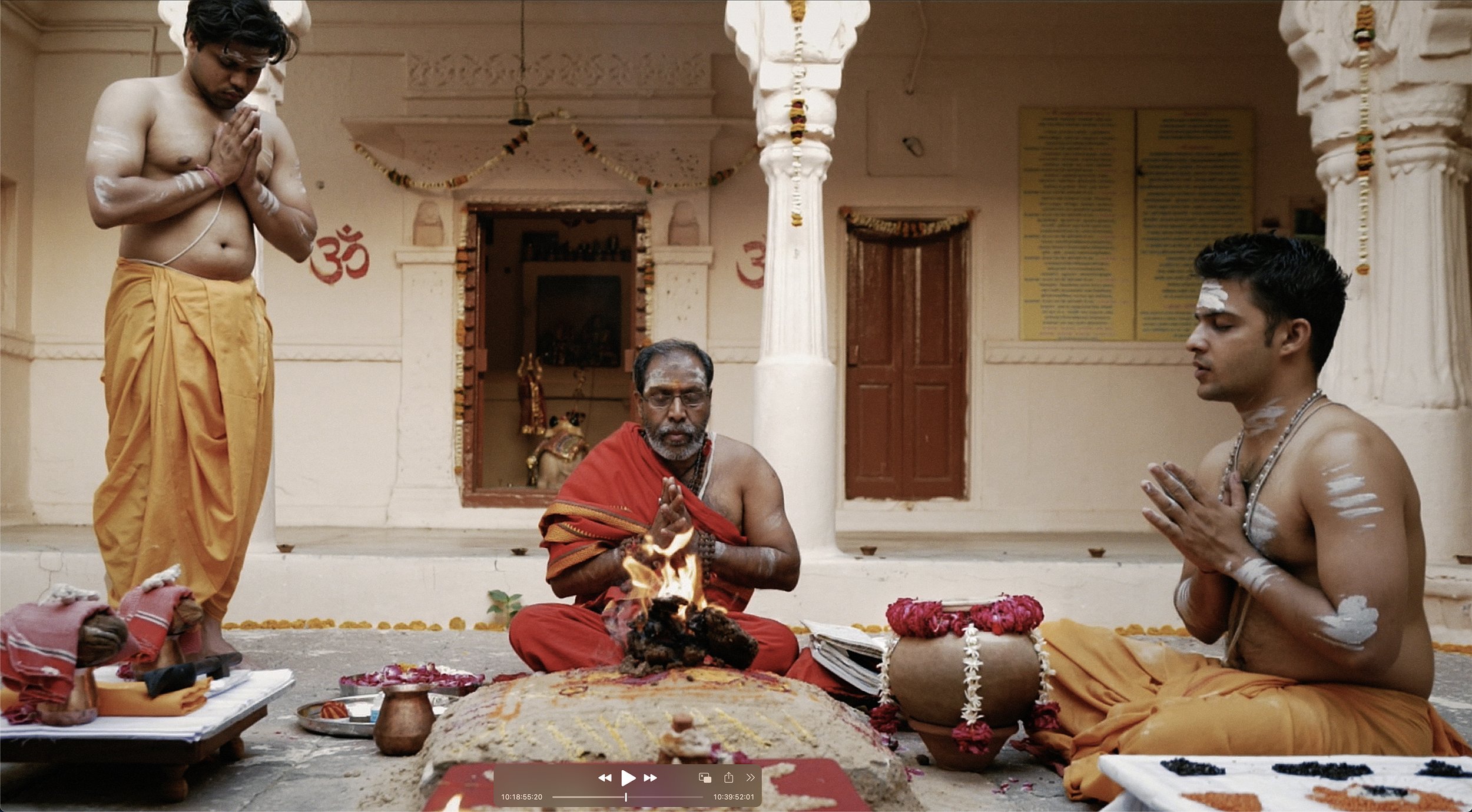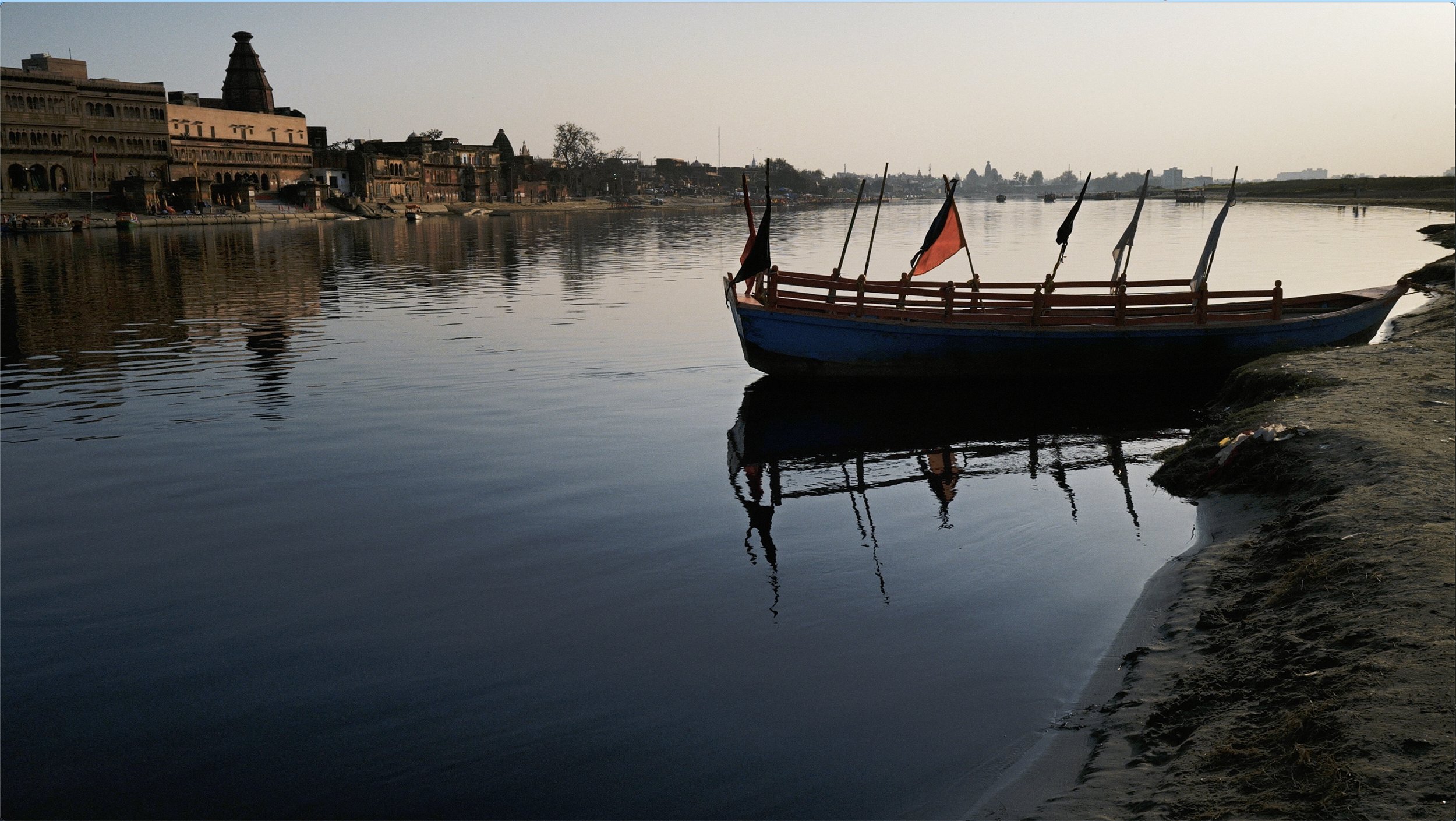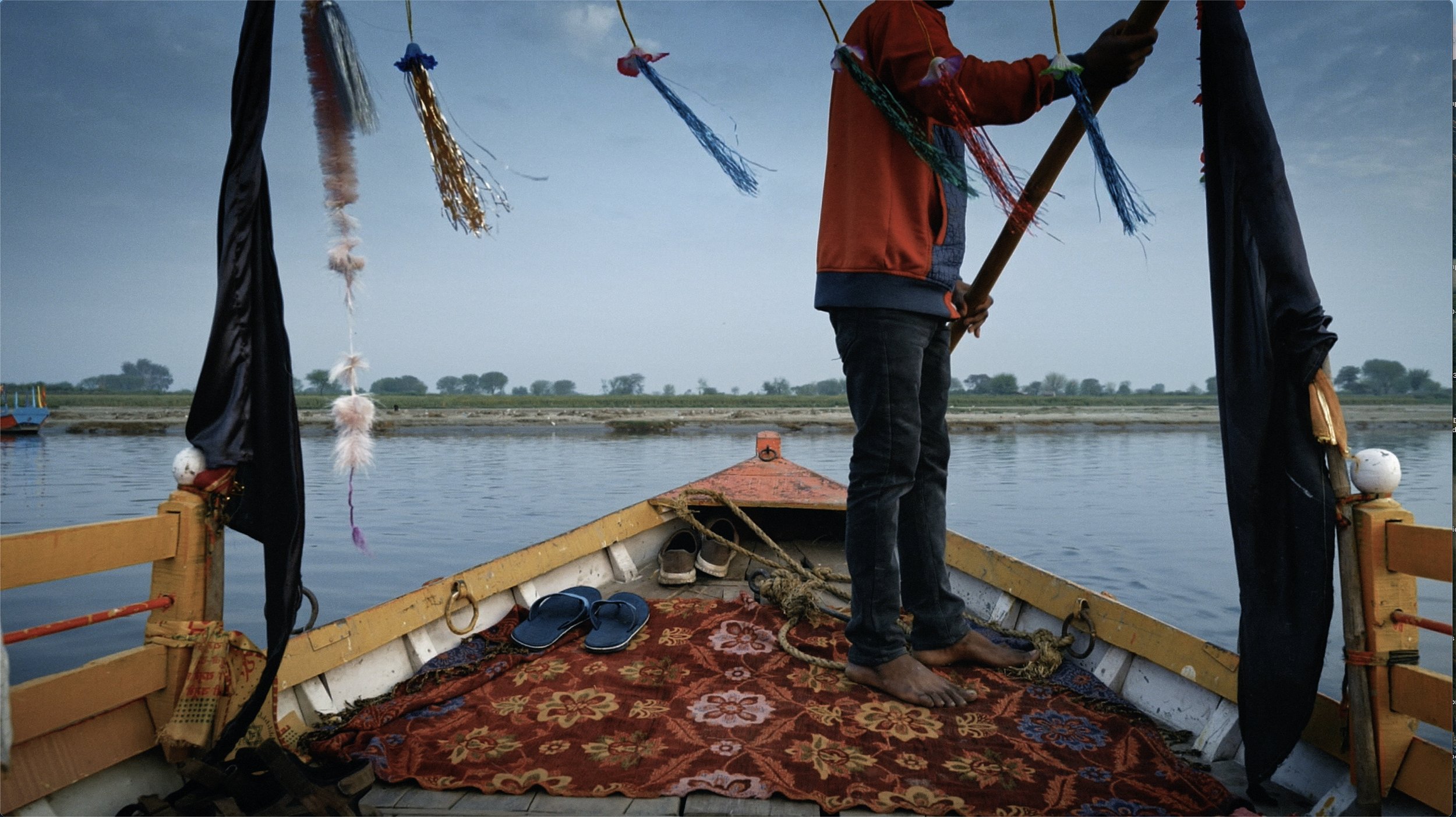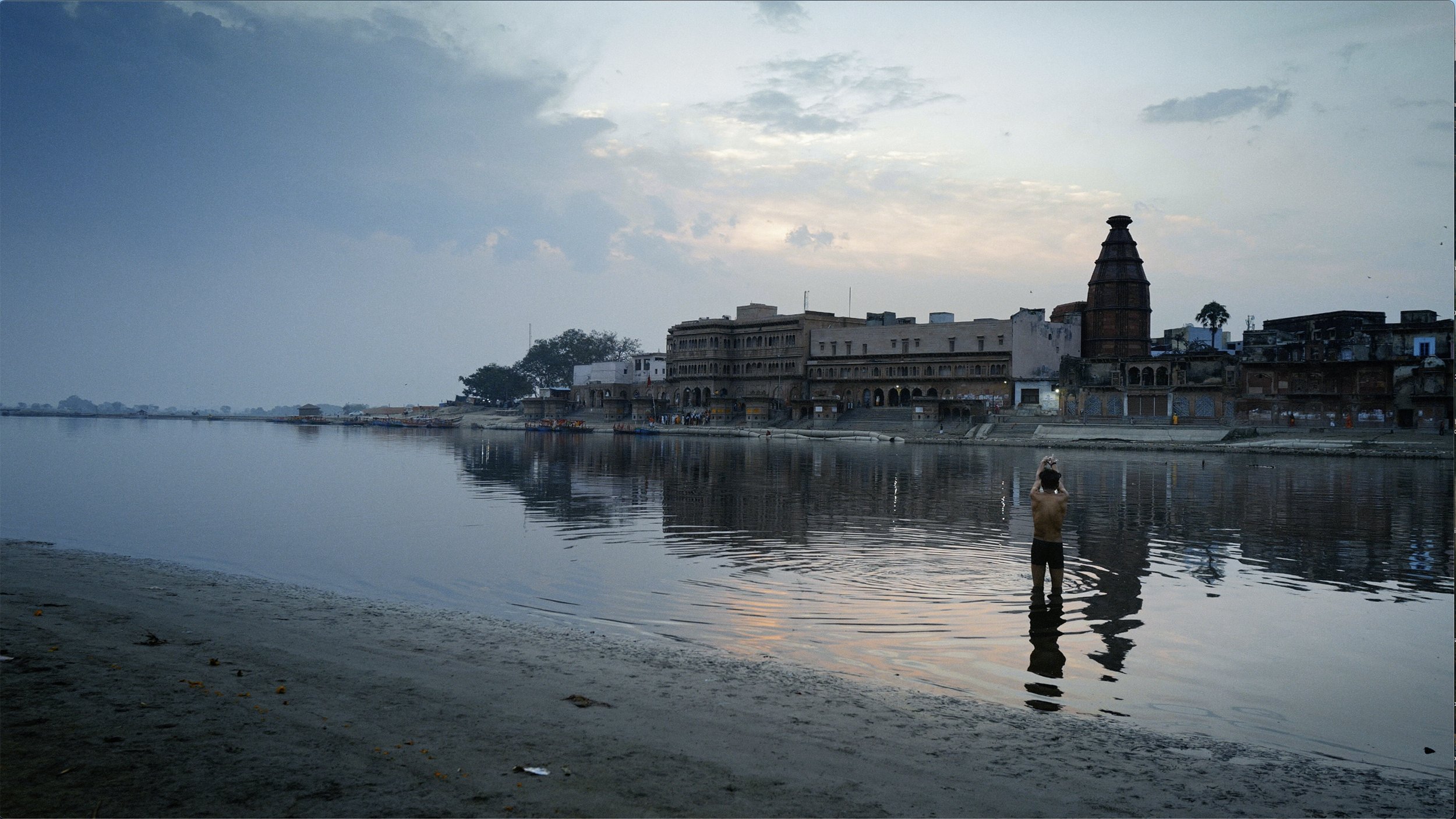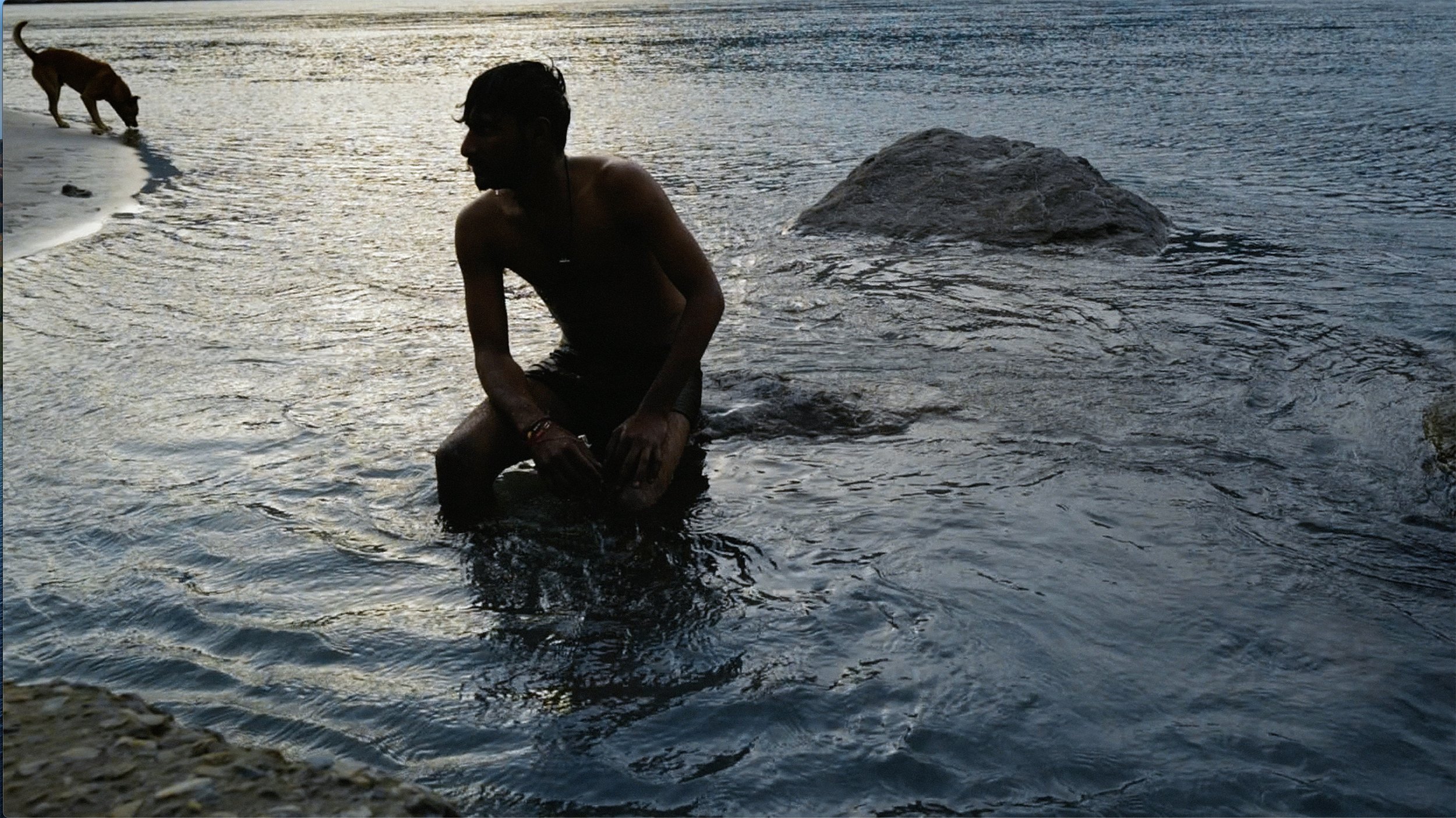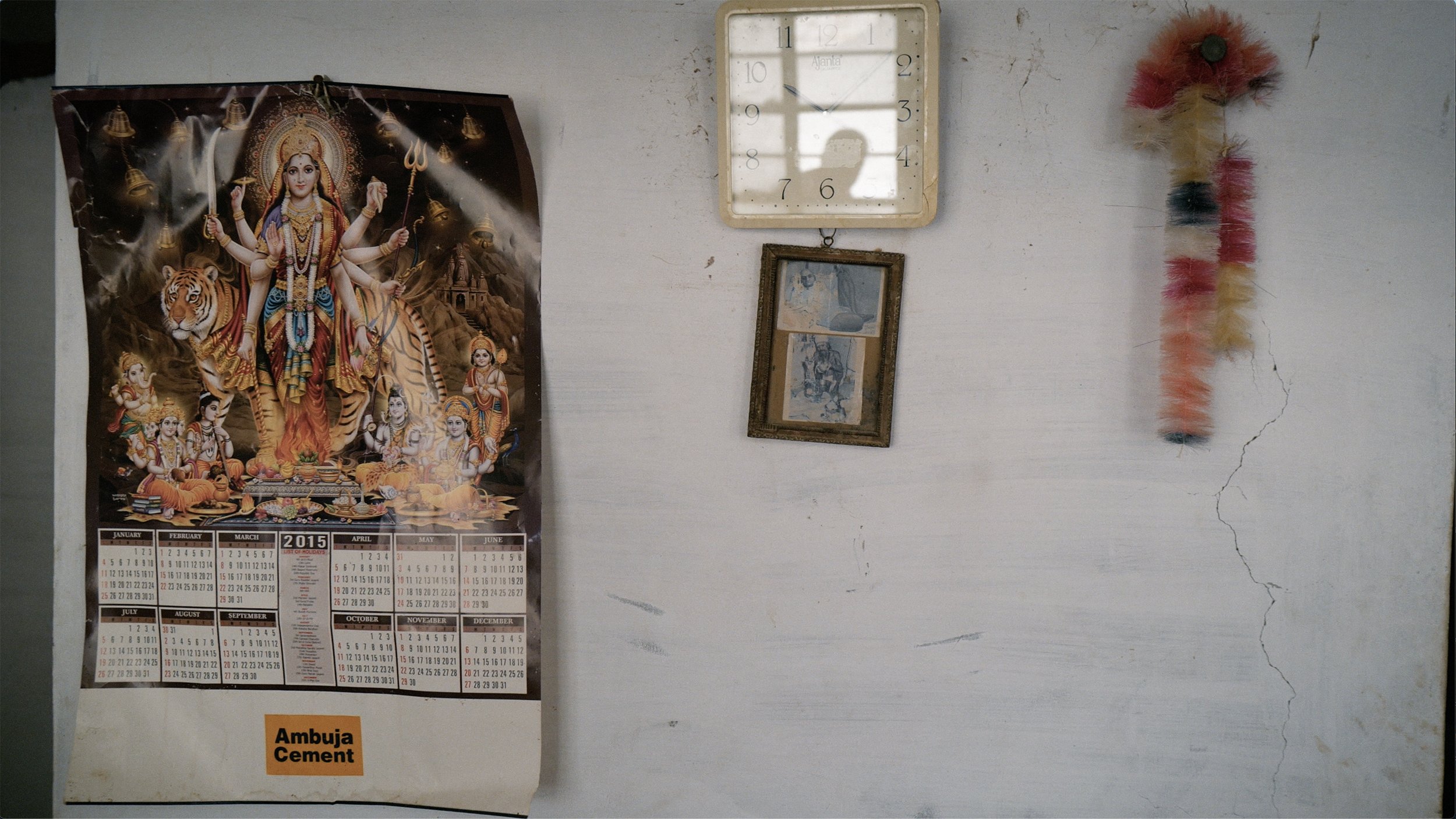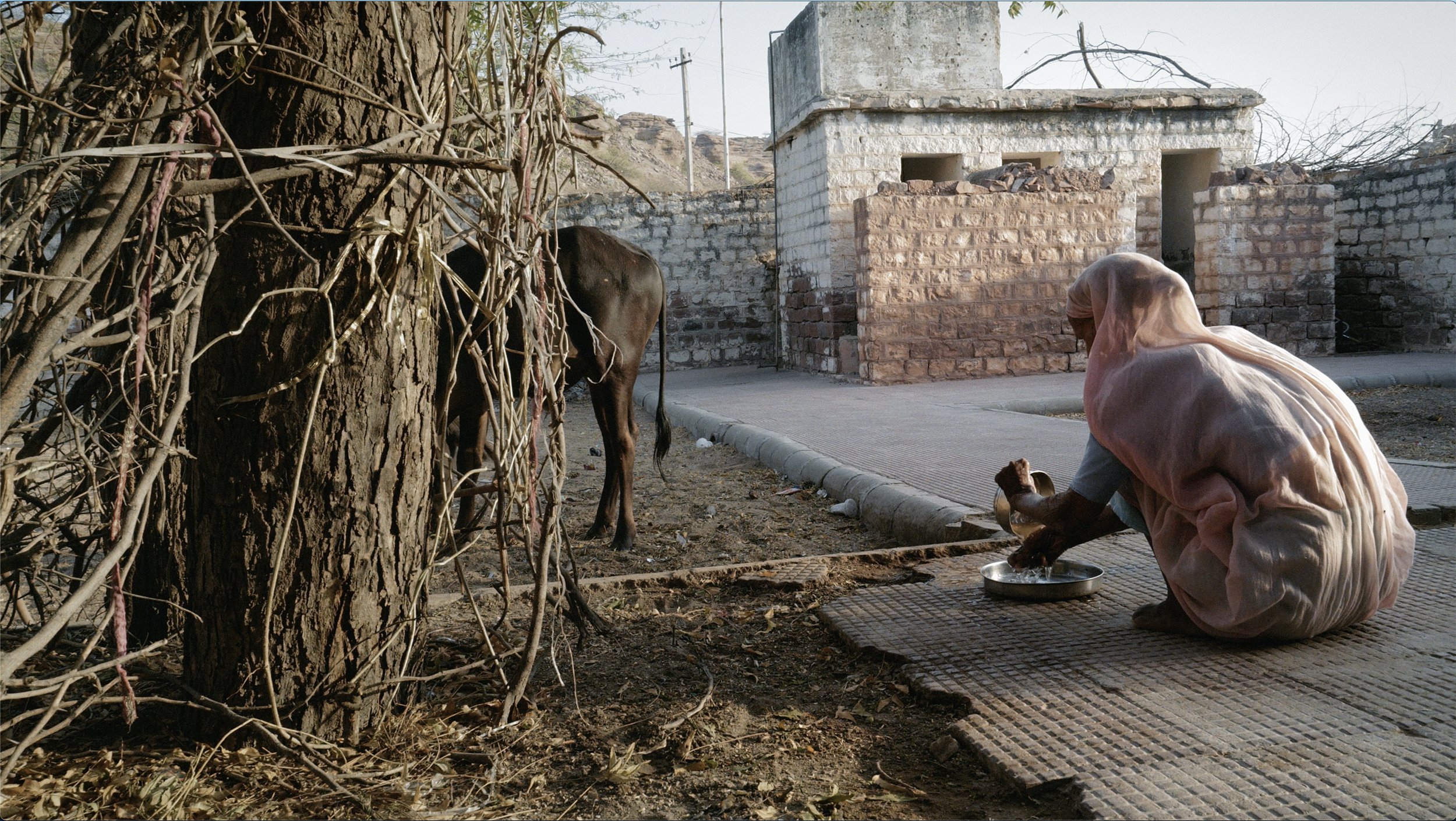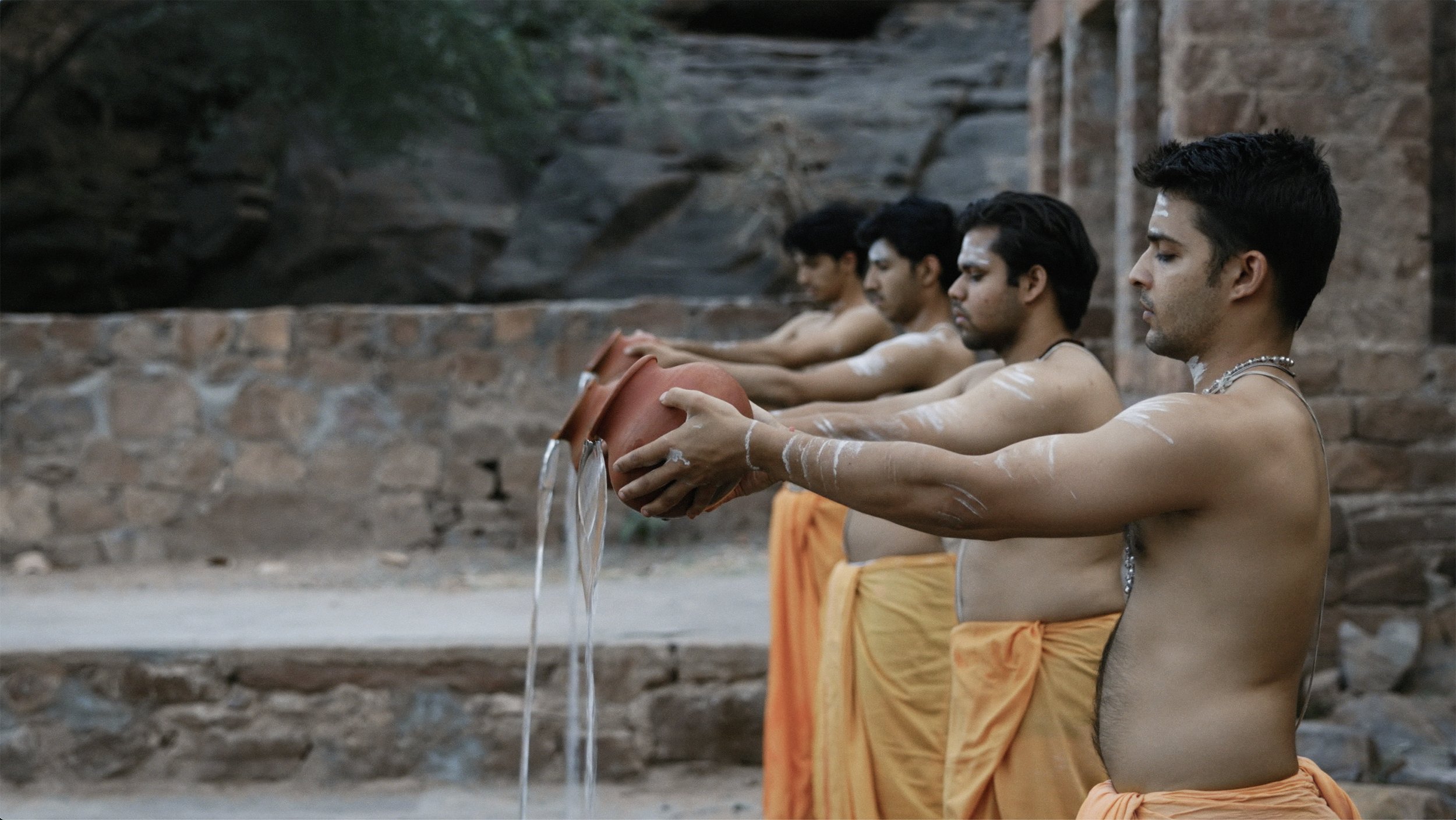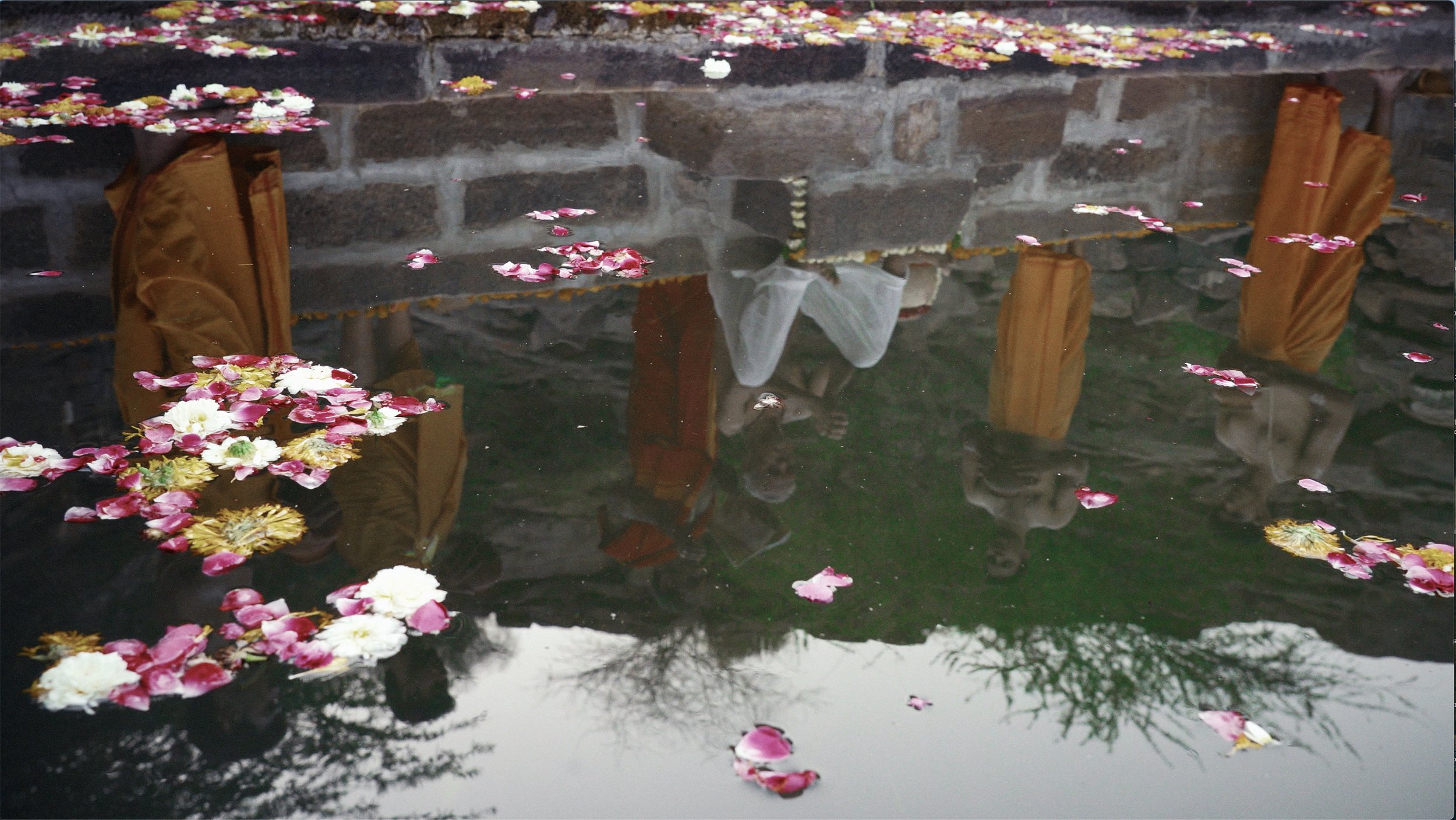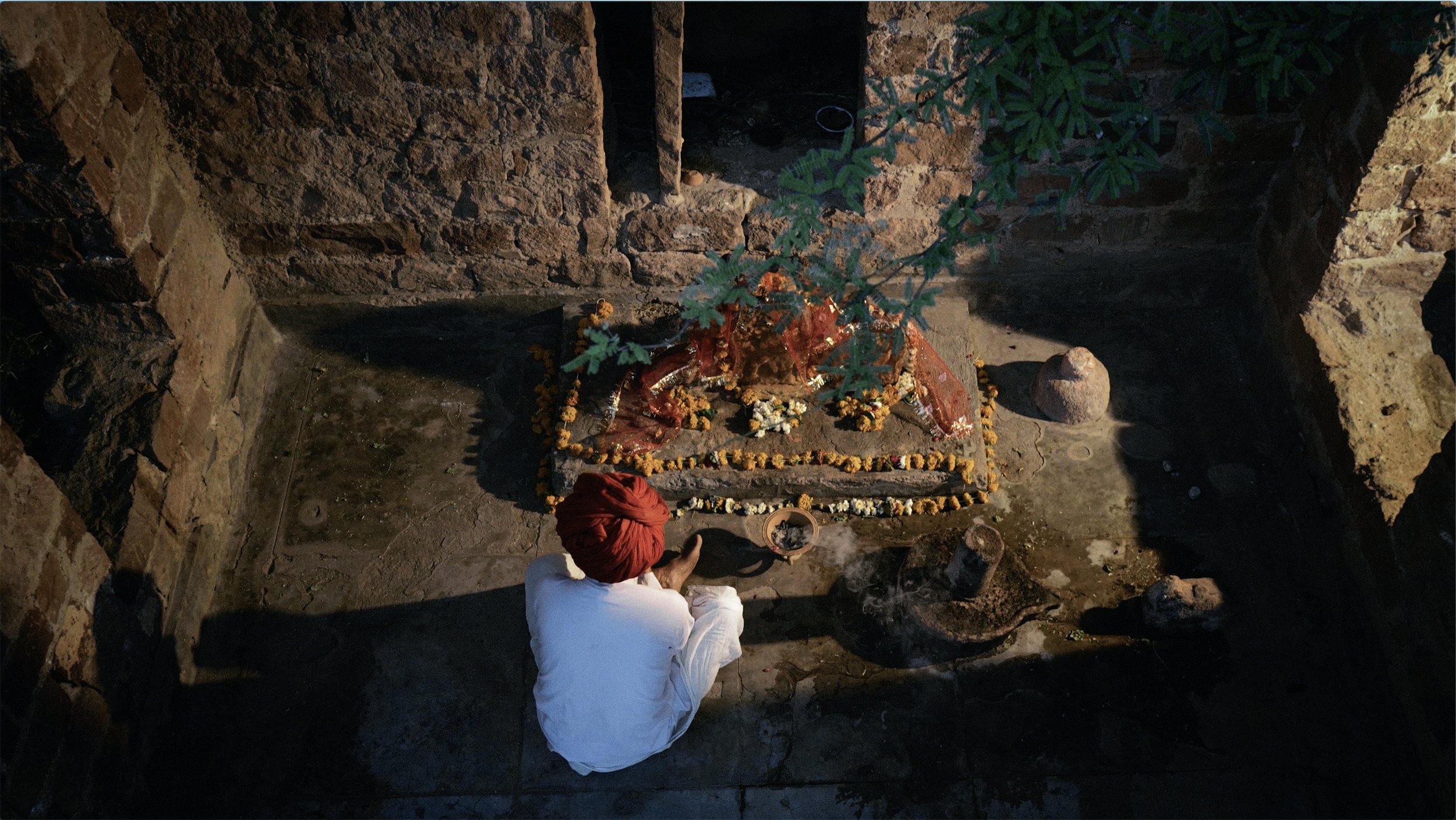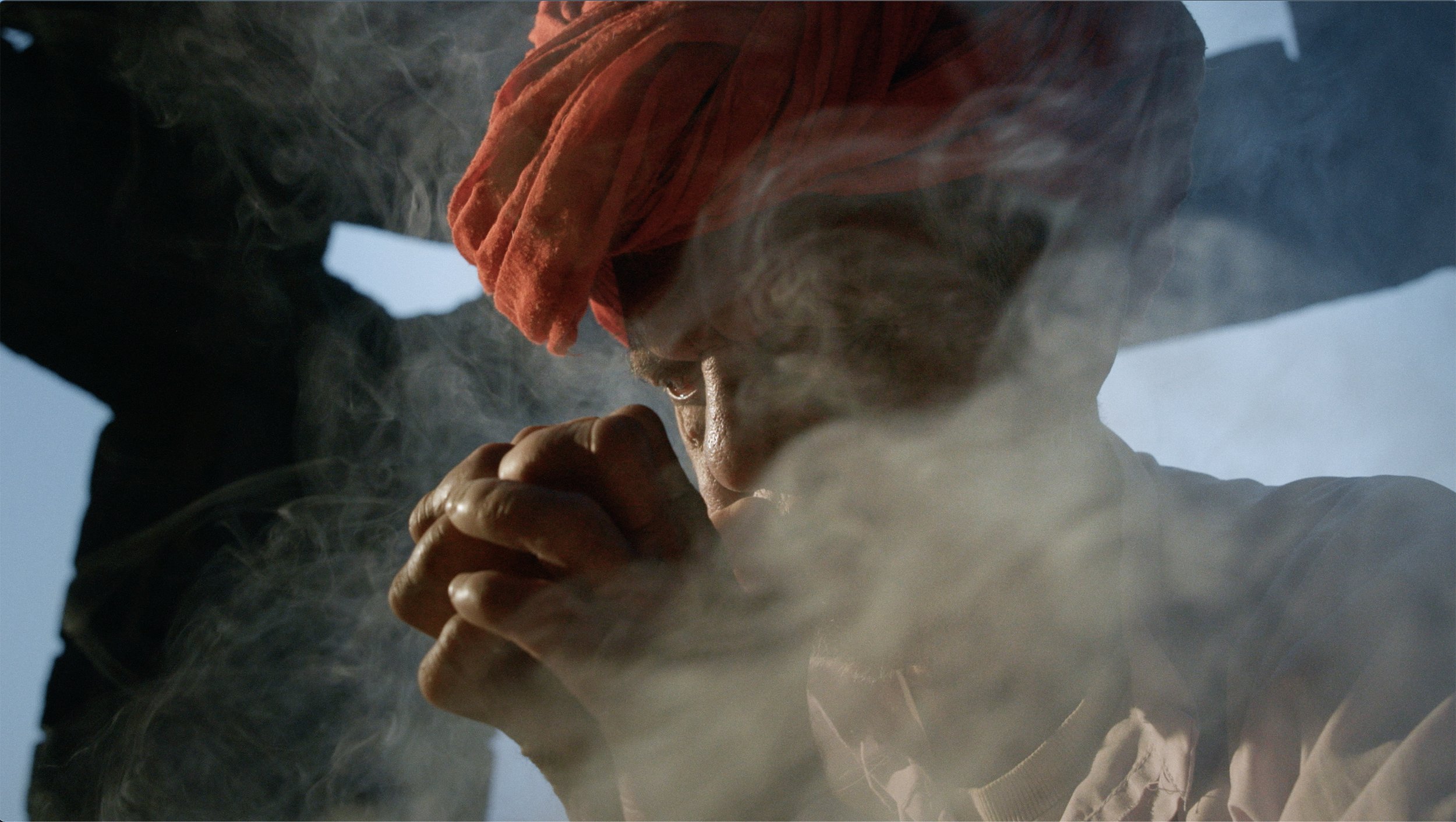
OFFICIAL TRAILER
SHUDDHI LOGLINE
Baba, a former resident of a Leprosy Ashram, shares his life insights with his grandson on the banks of the Ganges. Meanwhile, Dhan Ji prepares for a ritual cleansing ceremony that Baba wishes for himself.
SHUDDHI, a poetic blend of documentary and auteur cinema, interweaves themes of humanness, fear, love, judgement, and the never-ending cycle of water.
SHUDDHI reveals the reality of Hansen's Disease (Leprosy) and it's enduring stigma,
creating a meditative portrait of familial tenderness and cultural respect
against the backdrop of India's rivers, landscapes, and a remaining hospital for the disease.
Hansen's Disease(Leprosy) has affected over 5.2 million people globally, with sixty percent of those cases in India. SHUDDHI, touches on the physical and emotional toll of the disease and shines a light on the social stigmatization through a universal message of self-love, tolerance, dignity, and inclusion. The conversation between Baba(grandfather) and Dittu(grandson), set against the backdrop of the Ganges River and interwoven with a recurring metaphor of water, forms the essence of the film's narrative.
In the Hindi culture, purification ceremonies are performed by priests to heal the body and the soul, bringing inner peace and tranquility to the faithful. These ceremonies typically involve the use of water, with the Holy Ganges considered to be especially important. SHUDDHI features the documented preparation and performance of the Shuddhi ceremony, which allowed Dhan Ji, a patient with Hansen's Disease, to assume a state of purity before praying at an ancient temple.
At its core, SHUDDHI is a beacon of hope that celebrates the human connection that unites us all, regardless of our life experiences or backgrounds. The film encourages self-reflection and inspires viewers to contemplate questions of faith and fate, resistance and acceptance, love and redemption. With a compelling narrative and a heartfelt message, SHUDDHI urges us all to embrace our shared humanity and the beauty of our diversity.
WRITER/Director/Producer
JAMES HIGGINSON (1957- )
Director James Higginson(Emmy Award, 1988) combines his 30+ years working as a fine artist and Hollywood professional to drive his creative auteur cinematic works. He confronts and provokes the viewer with arresting images that reveal the unspoken of today's world—the sacred and the profane, the spiritual and the material. Higginson is interested in what lies beneath the surface. He seeks out the cultural subtext and exposes it in a seamless play between reality and representation, between perceptions of facts and opinions. He feels the subtext, the unsaid, can best be divined through indirect metaphor and asks us to pause, meditate, and question.
Higginson’s interest is to serve the community and utilize the Arts as a tool to elevate public awareness of pressing social problems. His artistic mission is to tell the stories that define us and, in doing so, to scrutinize contemporary life and illuminate our inherent human fragility.
WILLFUL BLINDNESS(2012) Producer/Director/Writer/DOP
-Italian Premier: Screened during 55th VENICE BIENNALE, 2013
-German Premier: NEUER DEUTSCHER FILM SERIES, Berlin, 2013
-Silver Prize: Best Editing Feature-VEGAS INDIE FILM FESTIVAL!,2012
-Nominated: Best Experimental Film-RIFE 2012, Washington DC
-Award of Merit: LUCERNE INTERNATIONAL FILM FESTIVAL, 2012
-Official Selection: BRIDGE INTERNATIONAL FILM FESTIVAL, 2012
DEVOUT(2017) Producer/Director/Writer/DOP
-Award of Excellence:Documentary Feature- IMPACT DOC AWARDS, 2018
-Award of Excellence: Cinematography- IMPACT DOC AWARDS, 2018
-Award of Excellence: Original Score- IMPACT DOC AWARDS, 2018
-Award of Excellence: Sound Editing / Sound Mixing- INDIE FEST FILM AWARDS, 2018
-Award of Excellence: INDIE FEST FILM AWARDS, 2018
SHUDDHI(2023) Producer/Director/Writer/DOP
-Award: Best Cinematography: CINE PARIS FILM FESTIVAL, 2023
-Award: Best Director:Short Documentary- CINE PARIS FILM FESTIVAL, 2023
-Award of Excellence:Special Mention- INDIE FEST FILM AWARDS, 2023
-Award of Excellence:Cinematography- INDIE FEST FILM AWARDS, 2023
-WORLD PREMIERE: RAJASTHAN INTERNATIONAL FILM FESTIVAL, RIFF 2024
-Award: Best International Short Film- RAJASTHAN INTERNATIONAL FILM FESTIVAL, RIFF 2024
-Official Selection: JAIPUR INTERNATIONAL FILM FESTIVAL, JIFF 2024
-Special Mention Jury Award- JAIPUR INTERNATIONAL FILM FESTIVAL, JIFF 2024
-Award of Excellence Special Mention: Documentary Short-IMPACT DOC AWARDS 2024
-Official Selection-European Premiere-NICE INTERNATIONAL FILM FESTIVAL 2024
-Best Foreign Language Documentary-NICE INTERNATIONAL FILM FESTIVAL 2024(Nominated)
-Award: Best Director Foreign Language Documentary-NICE INTERNATIONAL FILM FESTIVAL 2024
-Best Editing of a Documentary-NICE INTERNATIONAL FILM FESTIVAL 2024(Nominated)
-Science Award-NICE INTERNATIONAL FILM FESTIVAL 2024(Nominated)
-2023 Humanitarian Award: Outstanding Achievement, IndieFEST Awards 2024
-Official Selection-MADRID INTERNATIONAL FILM FESTIVAL 2024
-Official Selection-3rd CUMBE SAN AGUSTIN FILM FESTIVAL 2024-"Cinema of the World"
website: www.jameshigginson.com
youtube: @jameshigginson007
insta: @james_higginsonn
email: jh@ALLALUCE.de
GALLERY
PROJECT BACKGROUND
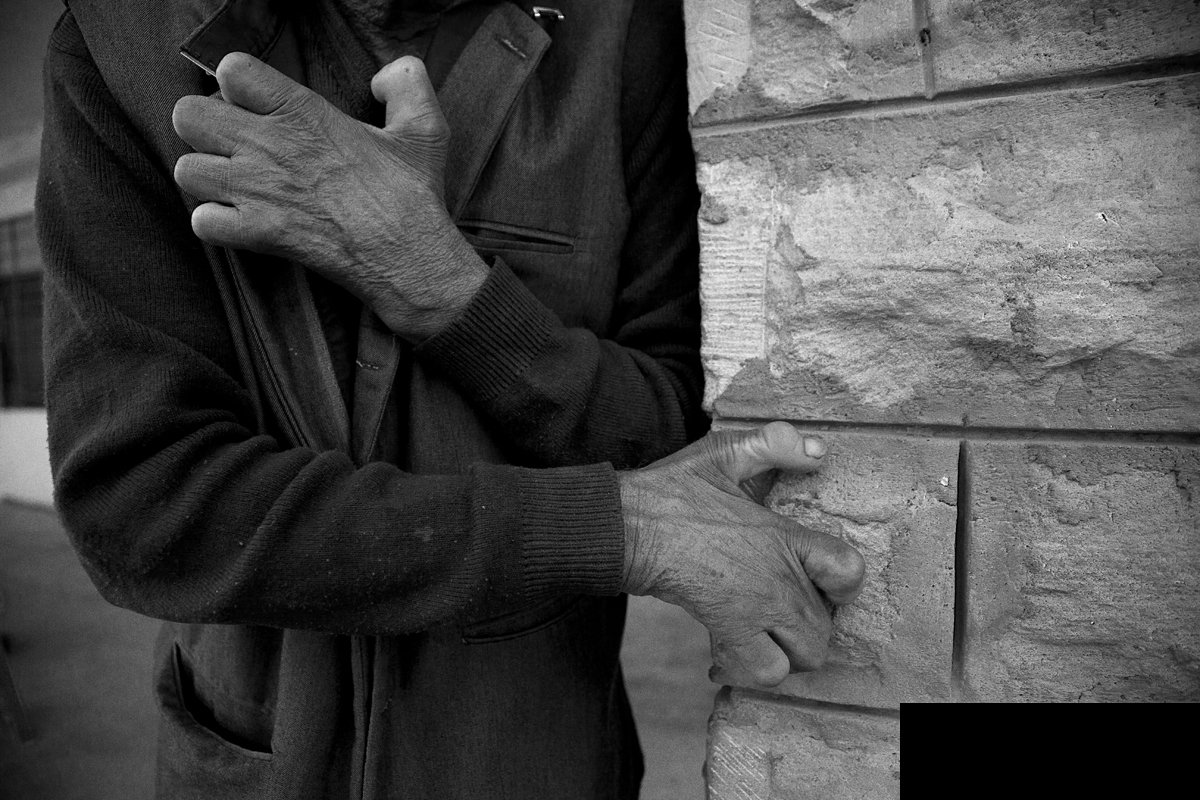
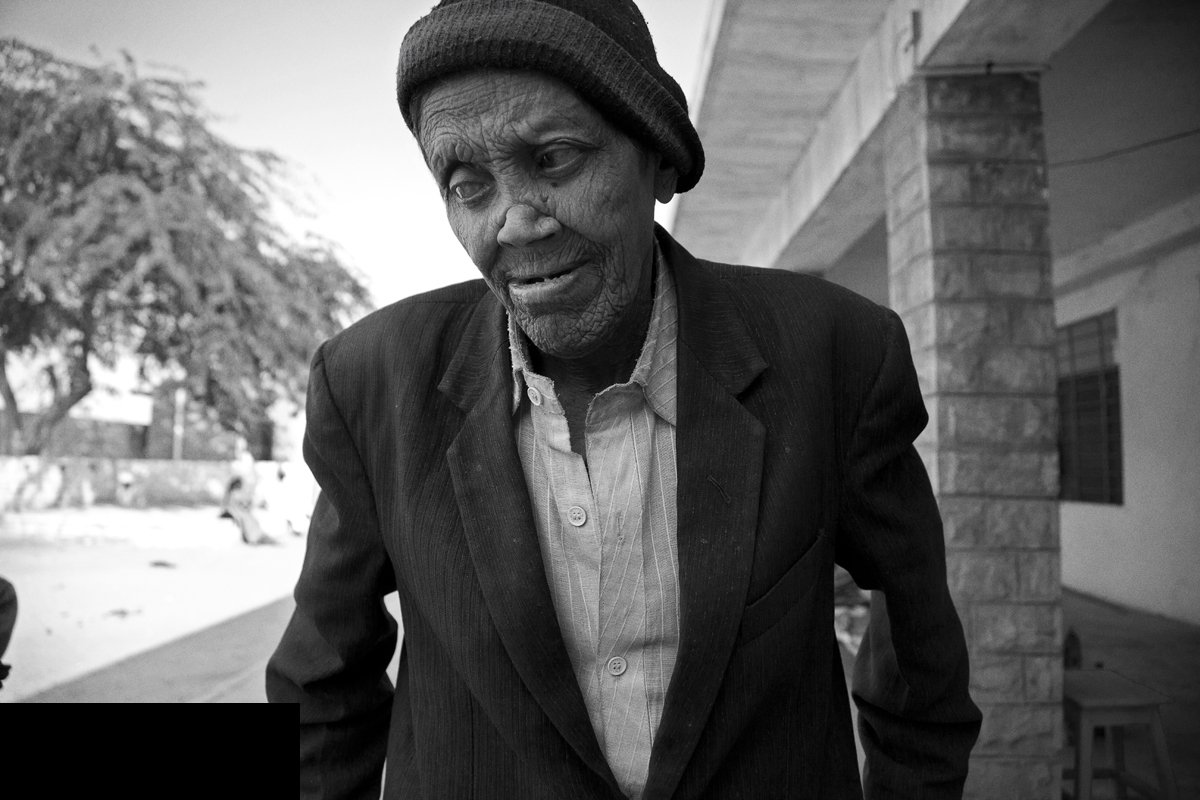
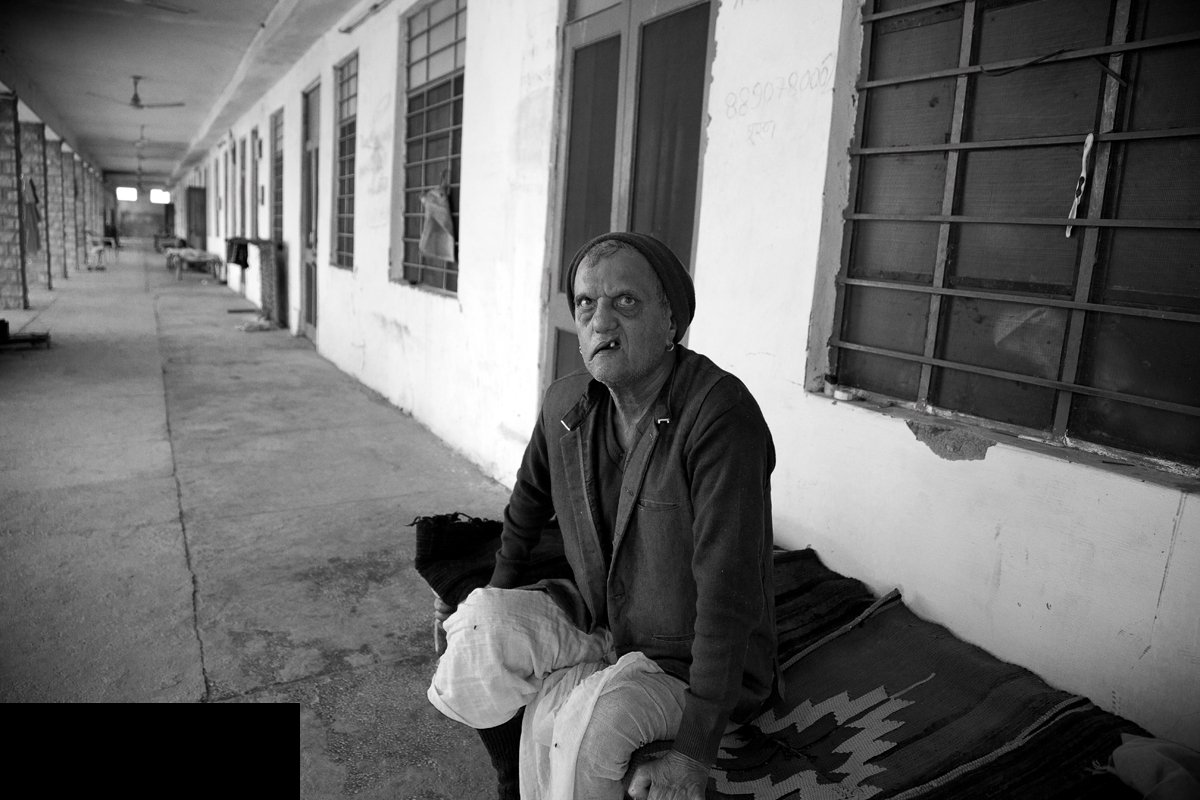
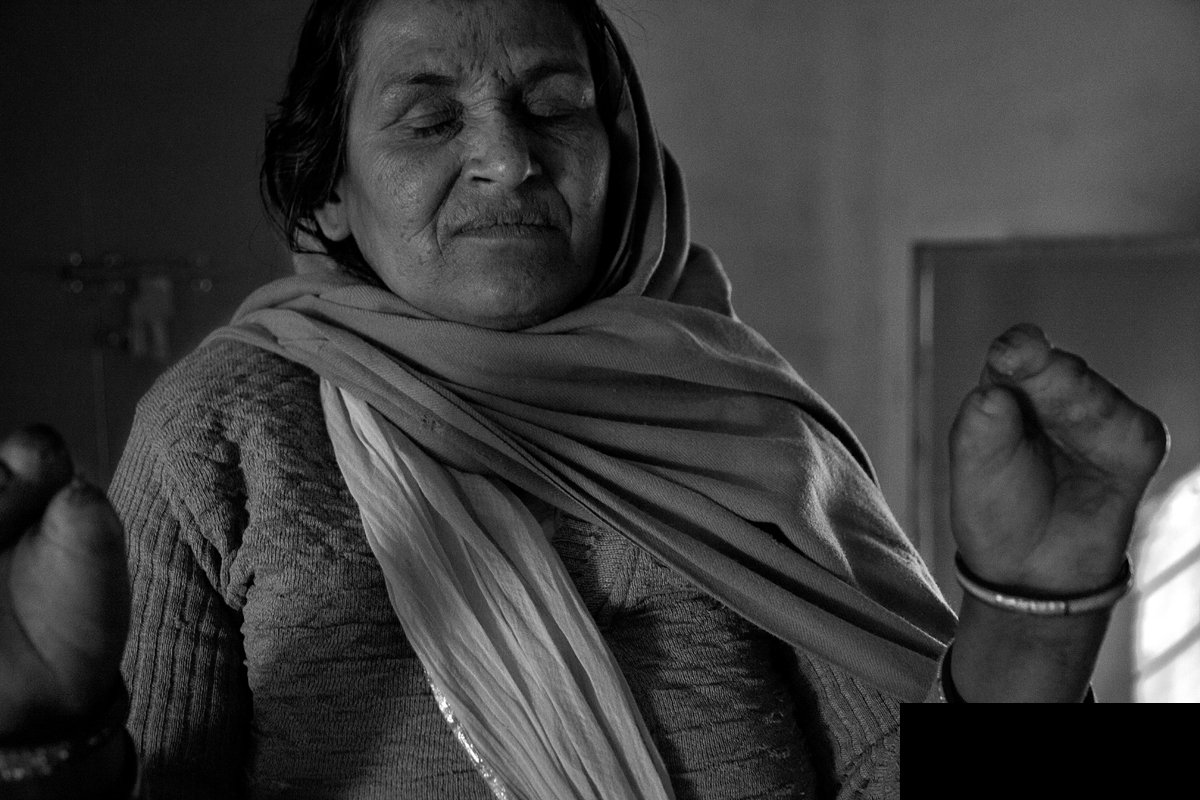

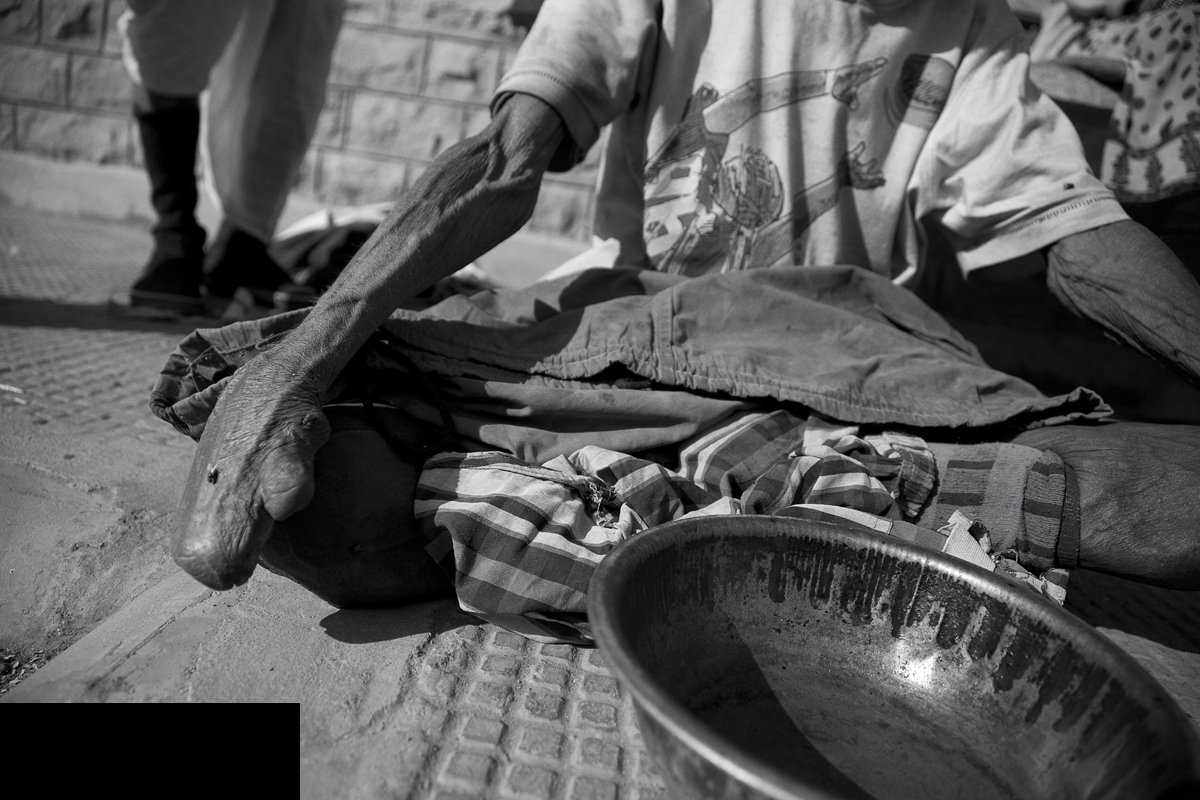
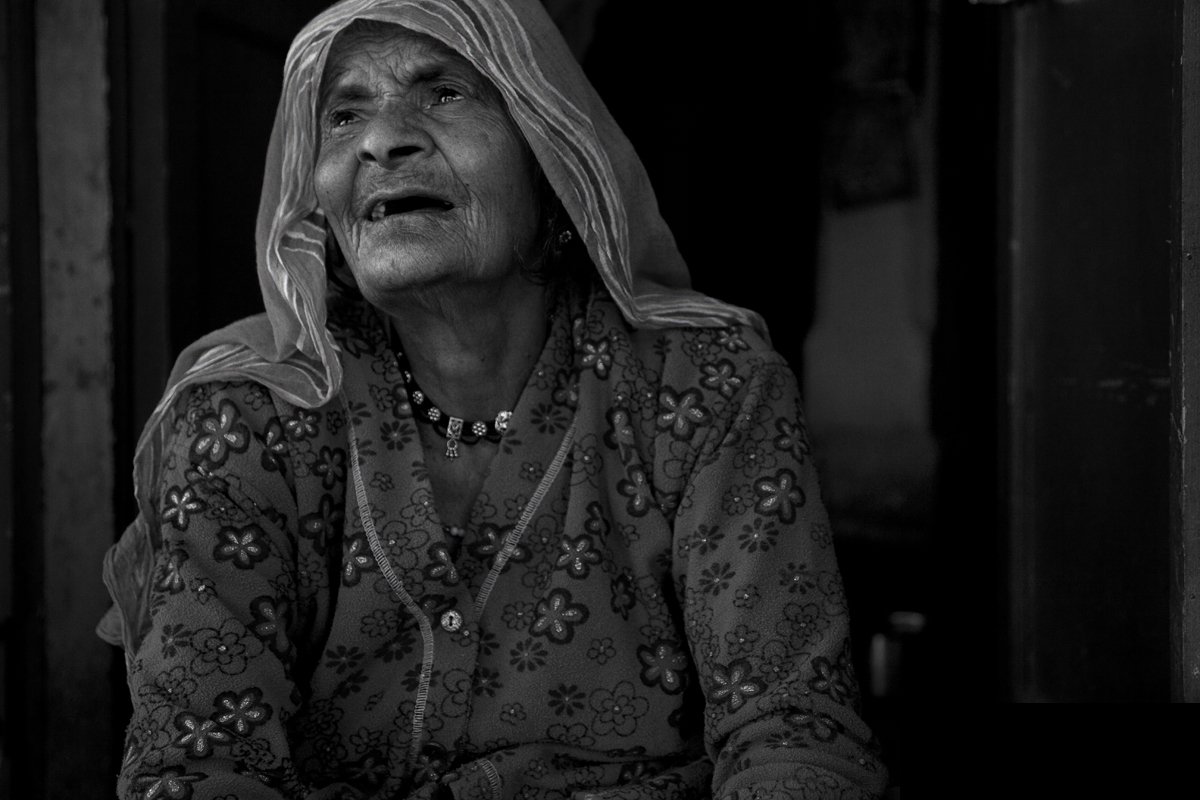
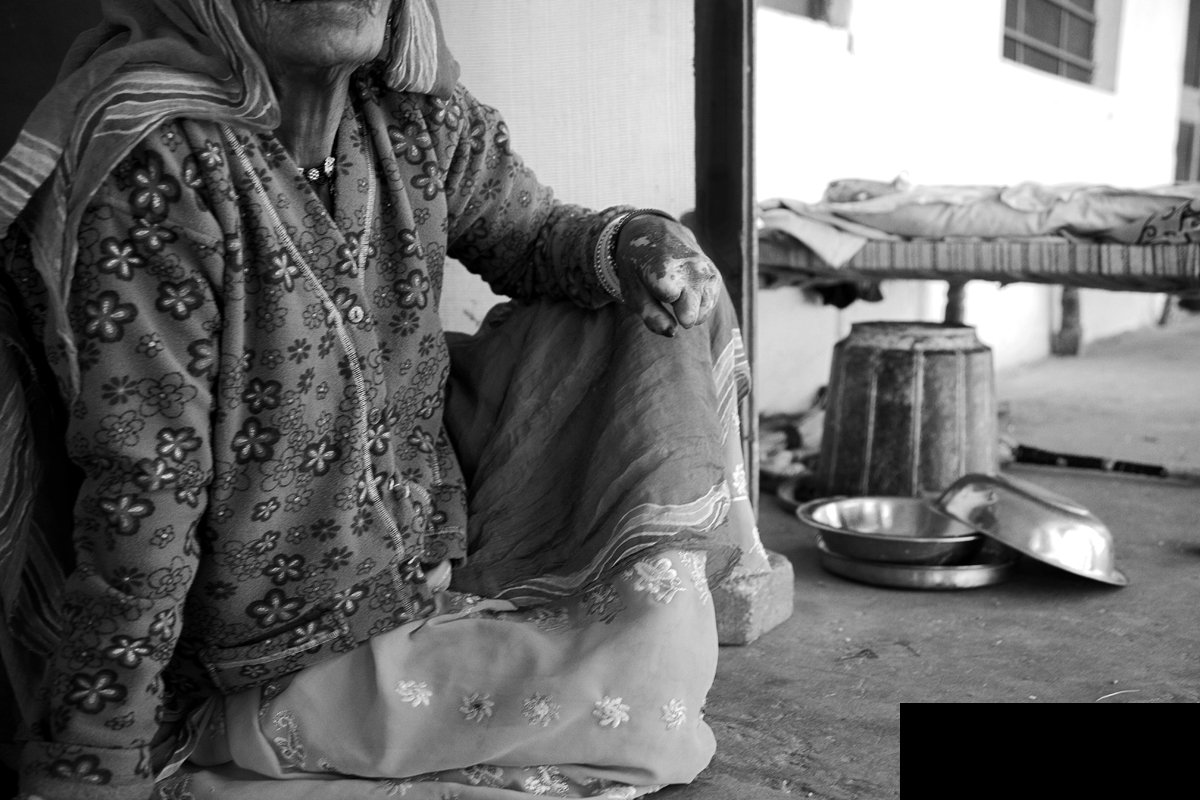
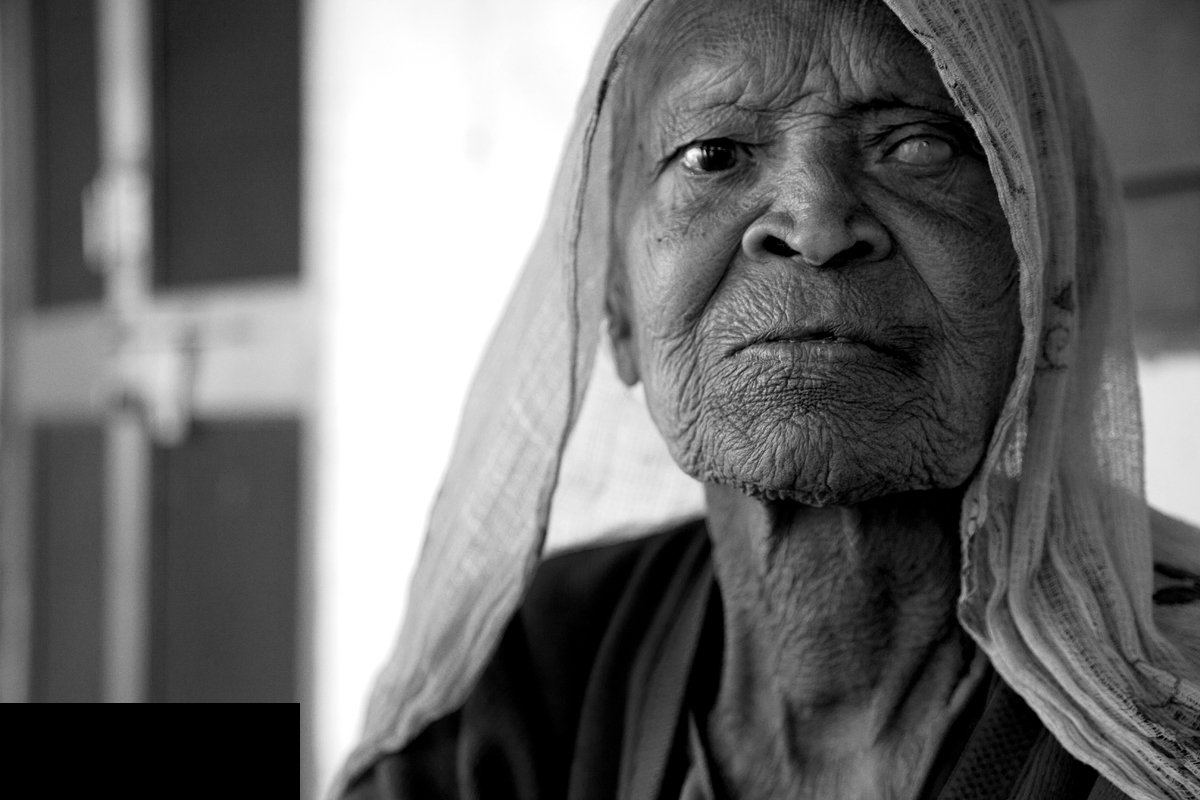


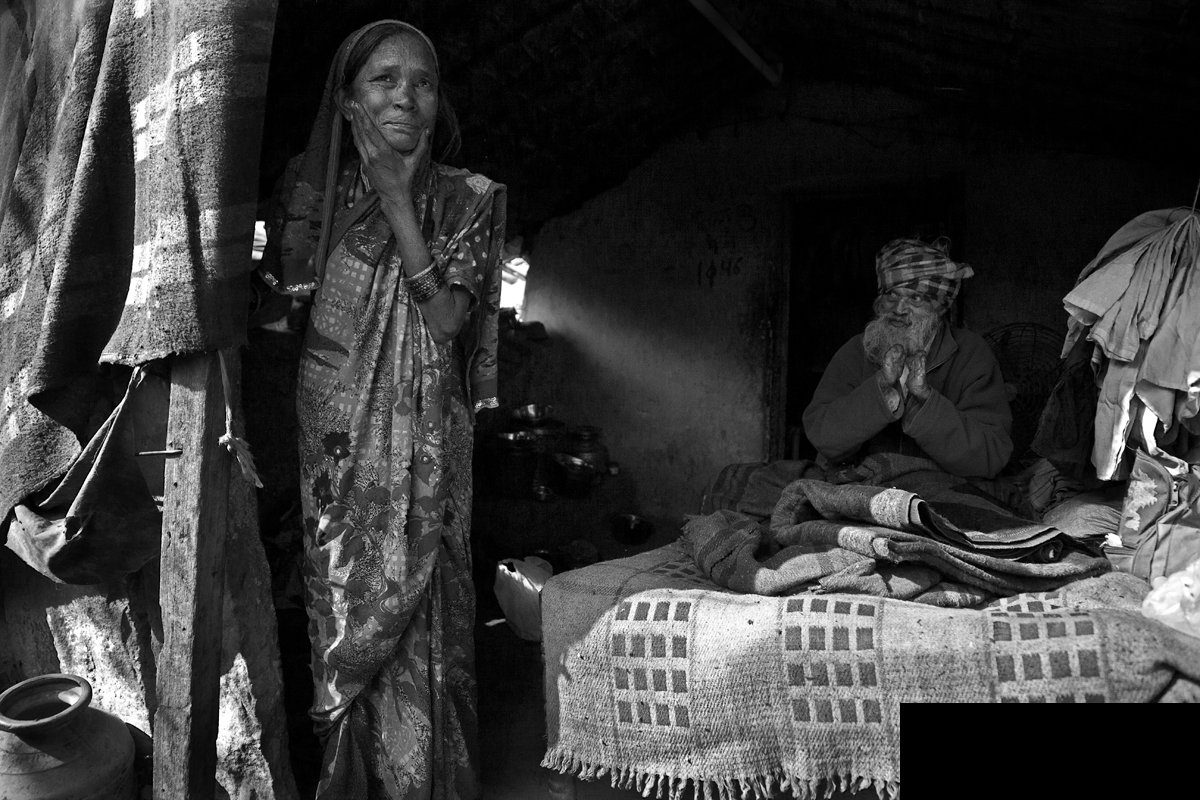
twelve years ago…
I first visited the Nimba Nimbada Hospital for Hansen’s Disease(Leprosy) as a photographer. I was immediately emotionally affected. At that time not all of the patients had undergone the available government medical drug treatment program to wipe the disease from their bodies. I thought there must be something more that can be done to increase awareness and in some way begin to diffuse the gripping social stigma that hampered the free testing and treatment programs. The SHUDDHI project was conceived to do just this, created from the assimilation and interpretation of the patient’s shared stories and our conversations.
The purpose of the project is to share a cinematic experience that offers a fresh perspective on Hansen's disease, distinct from existing works that cover its history and clinical aspects. Early detection tests, medication, and preventive measures for at-risk family members are all available through government-funded programs.
By delving into the emotional dimensions of Hansen's disease, SHUDDHI can generate renewed discussion and attention to these programs and their possibilities. It has the power to motivate individuals to take a stand and work towards the goal of eradicating the disease in our lifetime. SHUDDHI is an emotional journey, a call to action, and a symbol of hope all in one.
James Higginson
cast & crew
NIMBA NIMBADI HOSPITAL PATIENTS
Dhan Ji, Herra Maa, Bagh Ji, Singari Devi, Gokul, Basanti Devi, Ranjeet, Bharati Bai
VOICE OF BABA
Babla Kochhar
VOICE OF DITTU
Jashin Srivastav
DITTU
Rehan Katyal
YAGNA AND SHUDDHI PUNDIT
Shri Jitendra Ghosh
YAGNA AND SHUDDHI DISCIPLES
Tejaswa Trivedi, Pranav Ghosh, Chiag Trivedi, Gautam Dave
PRODUCER/DIRECTOR/WRITER
James Higginson
EDITORS
Jill D’Agnenica, A.C.E and Donia Sallam
ORIGINAL MUSIC COMPOSER
Roland Hackl
SOUND DESIGN
Andre Zacher
CINEMATOGRAPHER
James Higginson
CAMERAMEN
Ganpat Singh Bhati and Vikram Geholt
ADDITIONAL CAMERA
Nitin Sadana and Tejaswa Trivedi
PRODUCTION COORDINATION, DELHI
Rohit Dhingra
RESEARCH
Daniela Sach
TRANSLATOR
Tejaswa Trivedi
CASTING, DELHI
JP Singh
INDIVIDUAL STORIES
Dhan ji
singari devi
bagH ji
baSANTI DEVI
GOKUL
HERRA MAA
RANJEET
BHARATI BAI
FACTS about HANSEN’S DISEASE (LEPROSY)
SHUDDHI, the film, poetically and emotionally describes the lives of those who can be considered the “last generation” of patients who carry the extreme physical effects of Hansen’s Disease. Patients who used to live in the ashrams/hospitals have been returning home to their families after treatment.
Since the introduction of the MDT programs in 1982 new patients diagnosed with Leprosy can remain at home and continue working and living normal lives during treatment. There is no need for isolation and the current reality is that people can see Leprosy as a ‘disease of no consequence’.
FACTS ABOUT HANSEN’S DISEASE(LEPROSY)
95% of the population is naturally immune to Leprosy
Leprosy is not very contagious and not deadly. Exposures and conversions happen over a long period of time, not from one brief encounter.
The mode of transmission is droplet infection.
Those infected can carry the disease for 5-20 years without showing symptoms, meanwhile infecting others.
Age groups most at risk are 5-15 and over 30 yrs old.
An early symptom is the appearance of discolored patches on the skin that are numb to the touch.
The bacteria responsible for Leprosy replicates at a very slow rate and effects the nerves and skin.
Leprosy is completely curable with the MDT(Multi drug treatment) program for those infected and a separate drug program for their family members as a preventative.
In India MDT is made available under government services that is free of cost.
Early detection and treatment are key to prevent transmission.
It is absolutely possible to eradicate Leprosy in our lifetime with adequate testing and education programs to increase awareness and participation.
WHO(World Health Organization) Fact sheet on Hansen’s Disease:
INTERNATIONAL ORGANIZATIONS THAT HAVE REVIEWED AND SUPPORT THE FILM, SHUDDHI, AS A TOOL TO INCREASE AWARENESS AND OPEN A DIALOGUE TO HELP END STIGMATIZATION, INCREASE TESTING, AND PROMOTE THE NORMALIZATION OF LIVES FOR THOSE LIVING WITH HANSEN’S DISEASE.
NLR INDIA FOUNDATION(Until No Leprosy Remains) www.nlrindia.co.in
NLR INTERNATIONAL(Until No Leprosy Remains) www.nlrinternational.org
FOUNDATION RAOUL FOLLEREAU www.raoul-follereau.org
INFOLEP www.leprosy-information.org
DAHW(German Leprosy and Tuberculosis Relief Association) www.dahw.de






